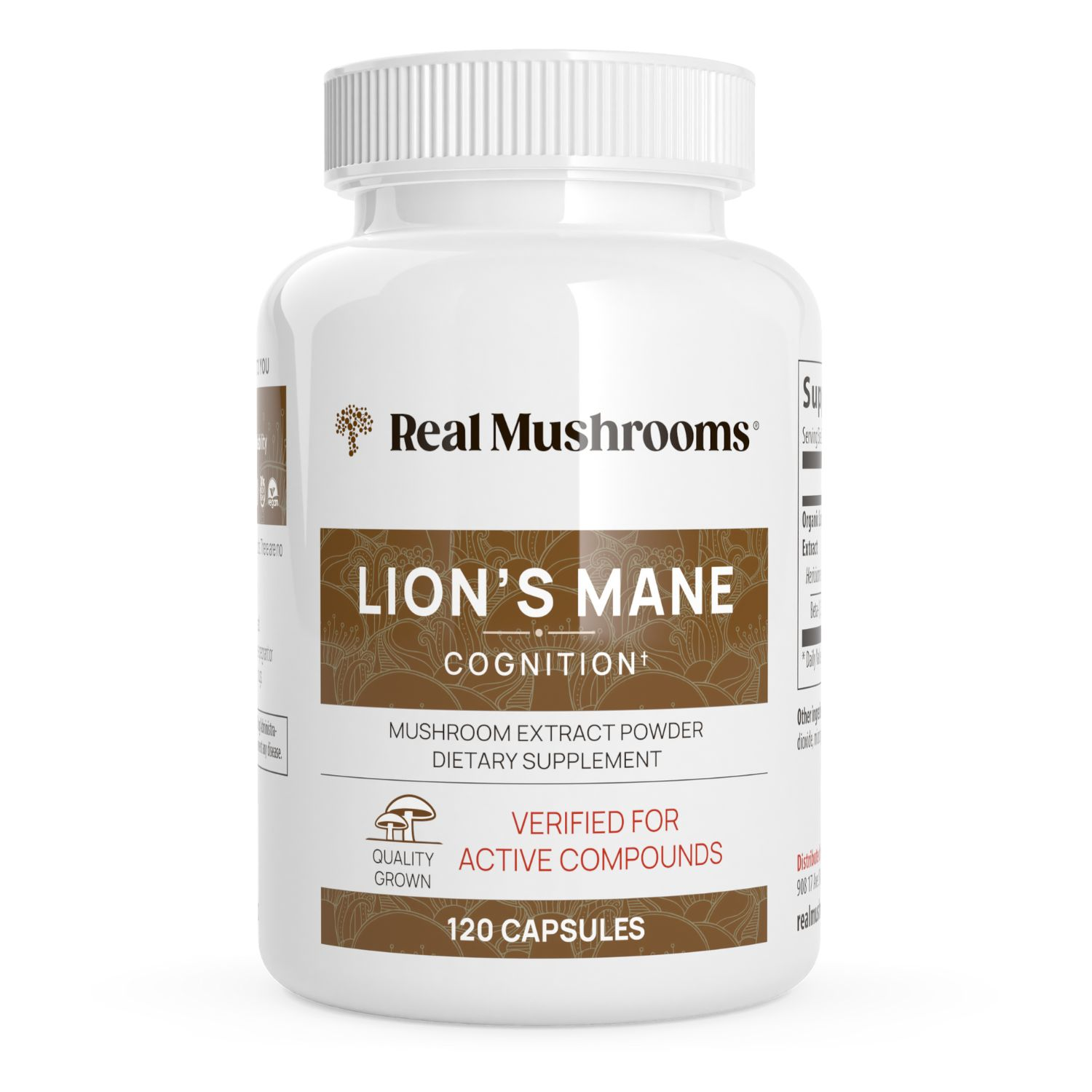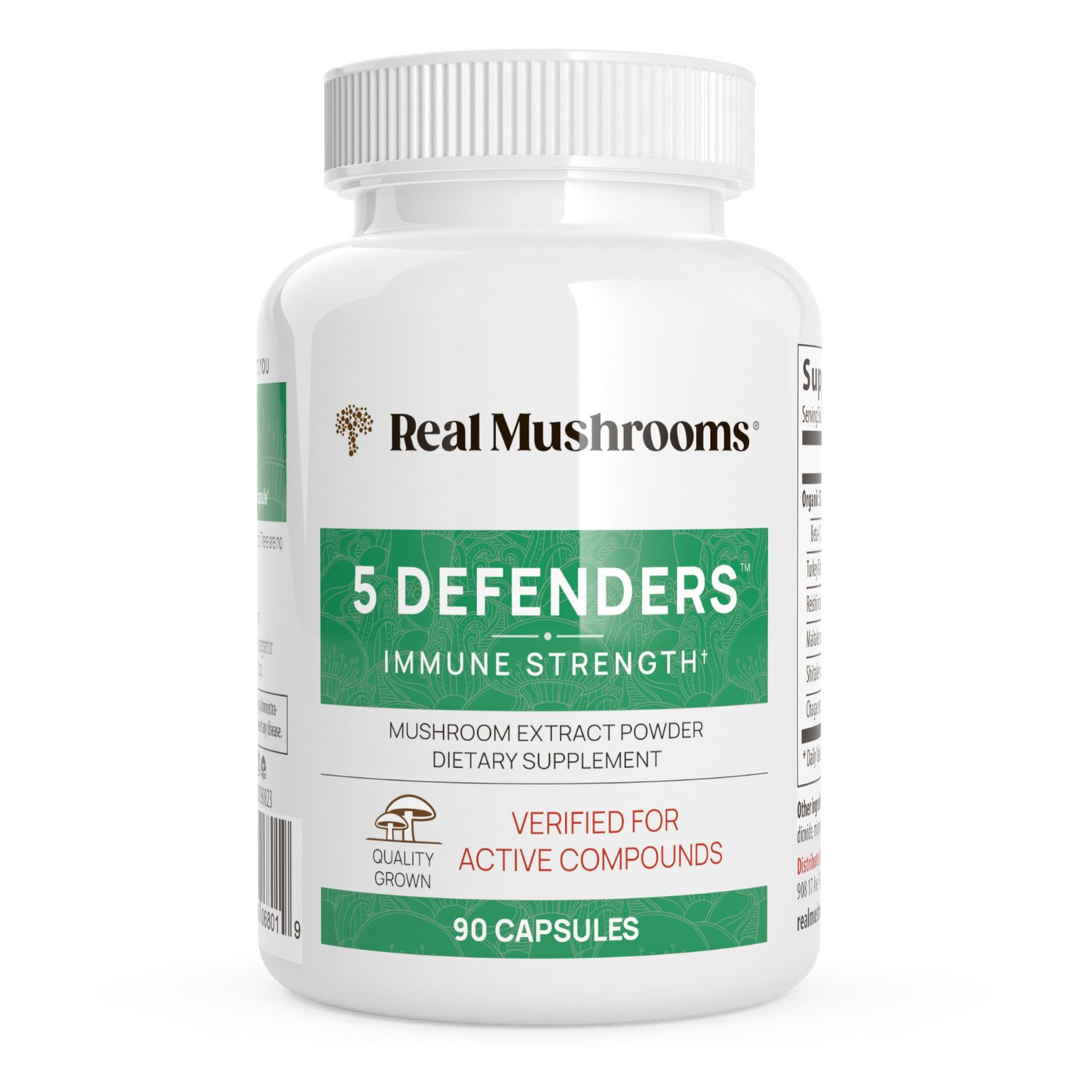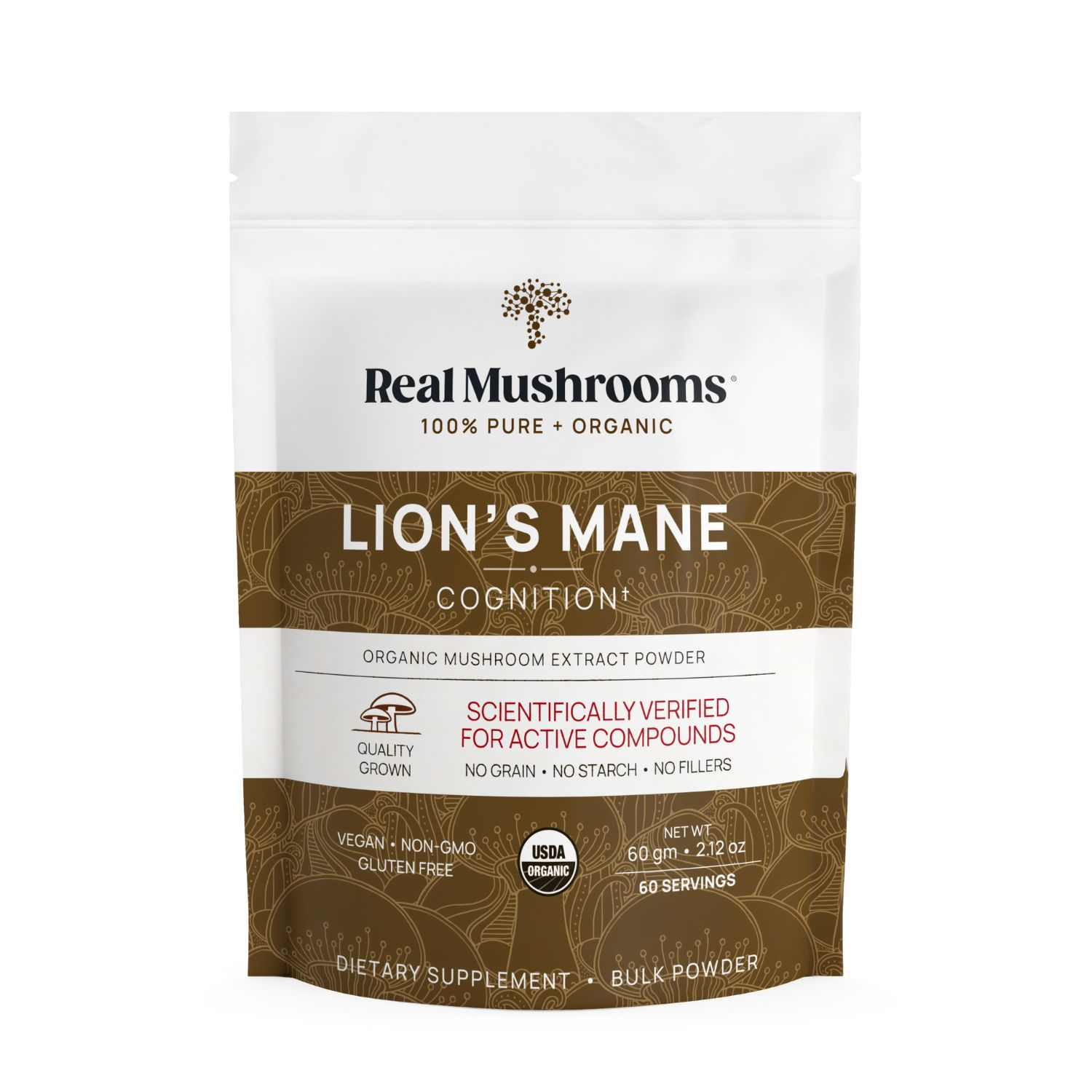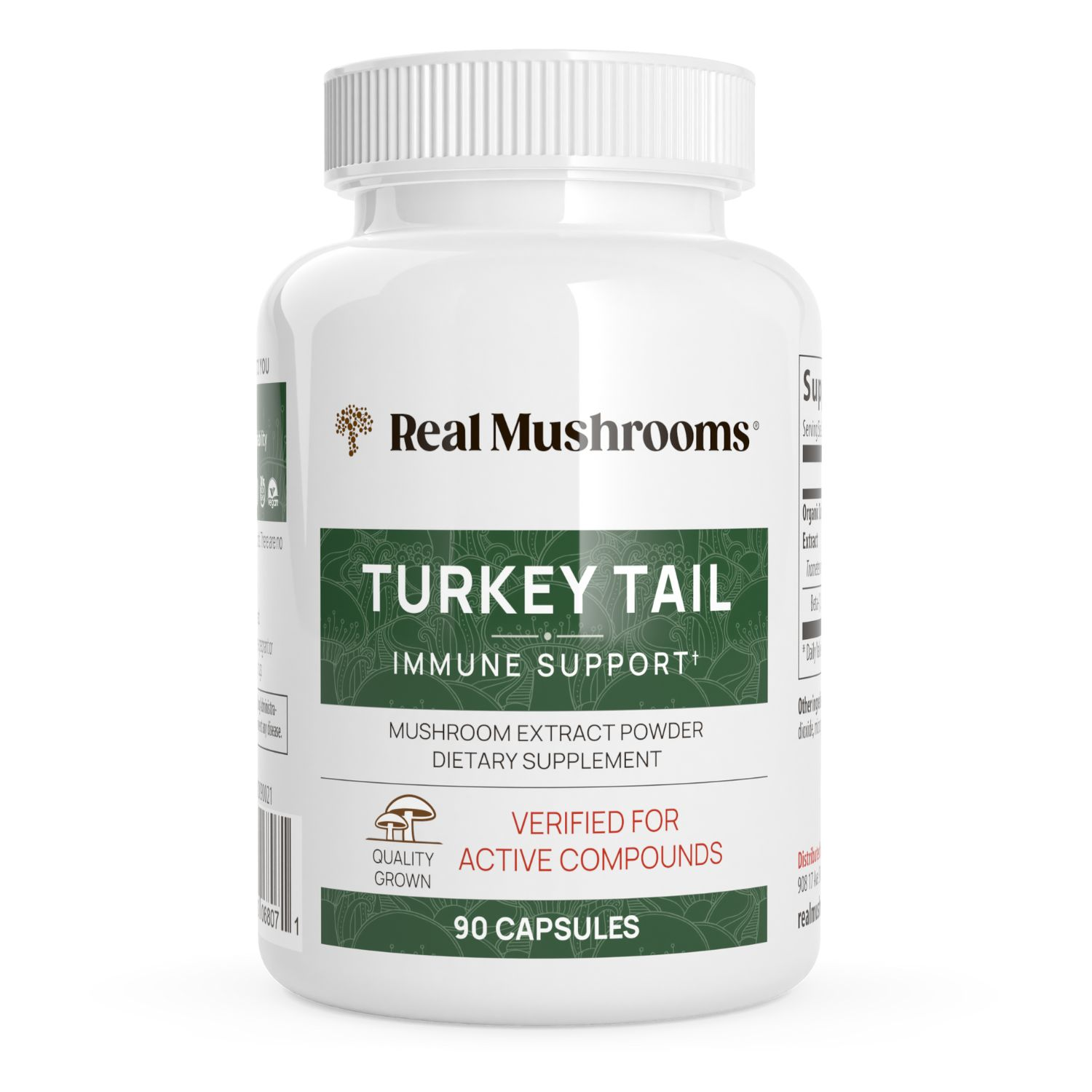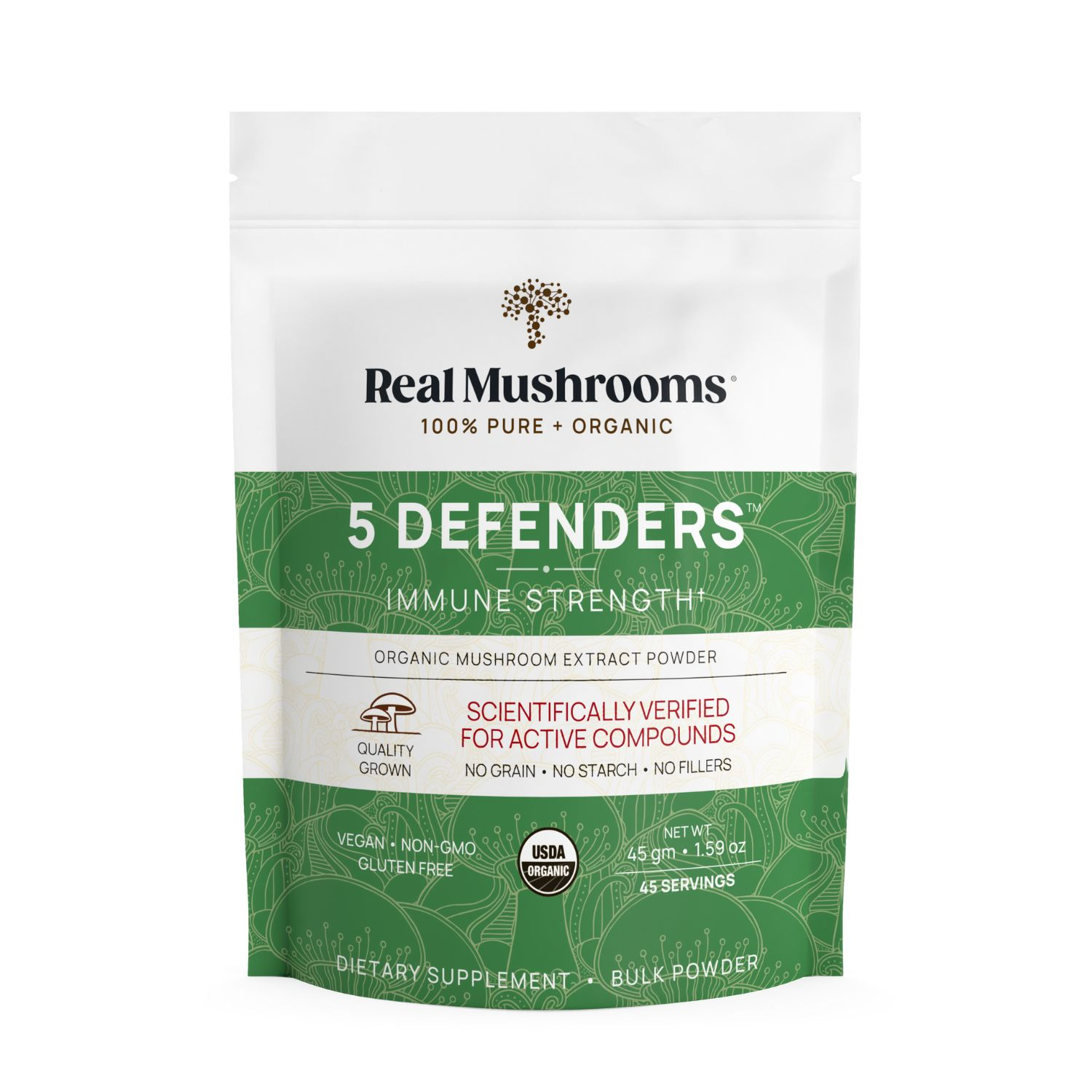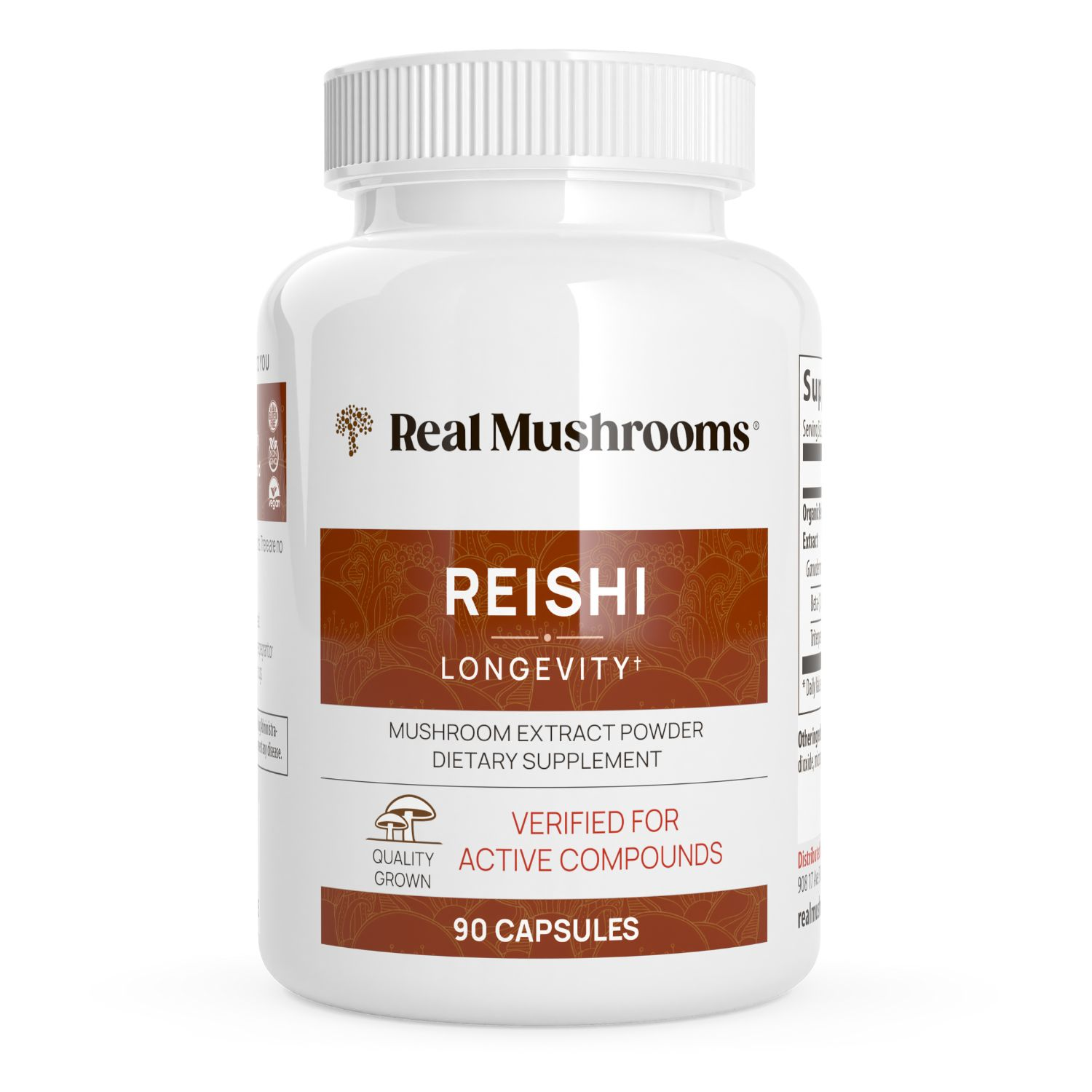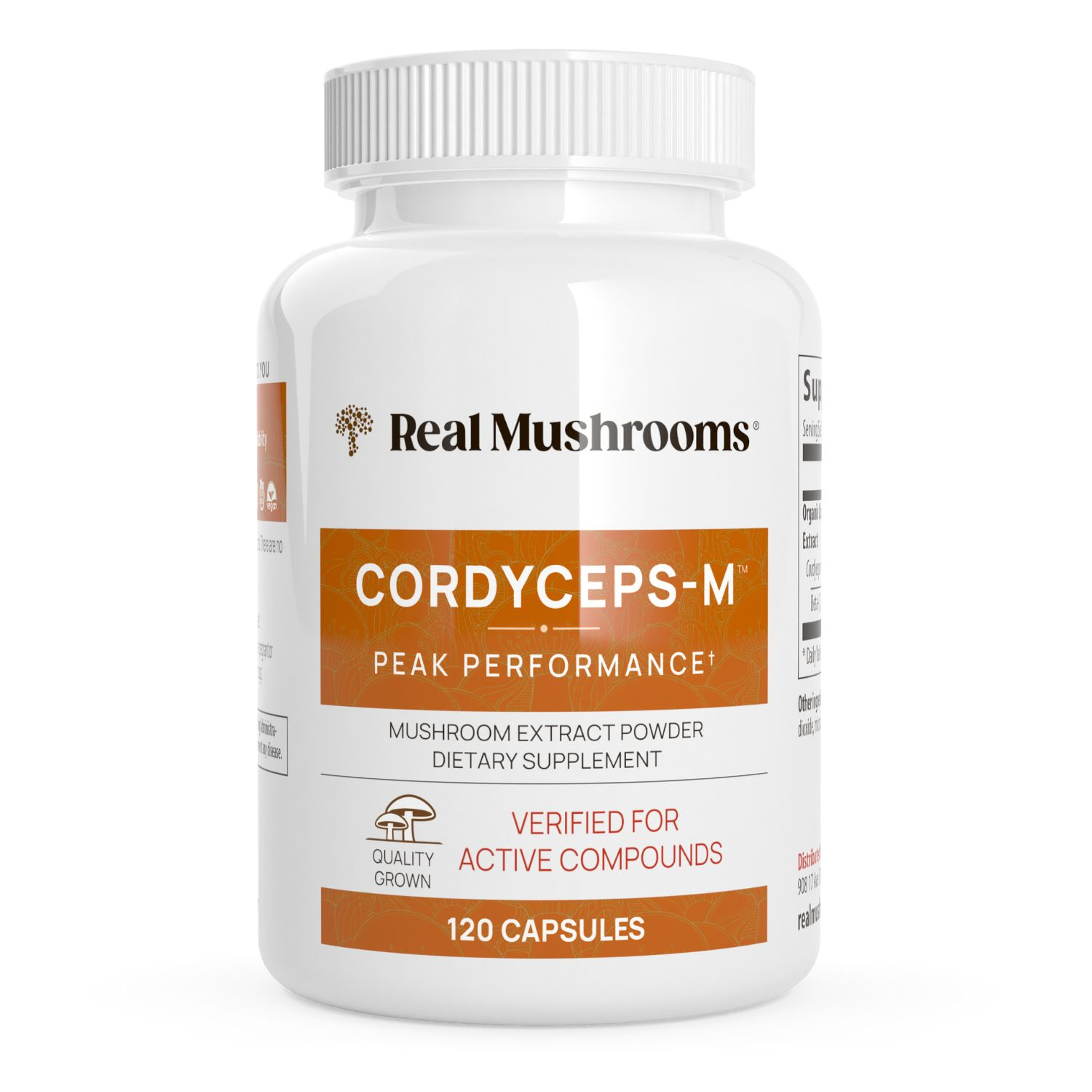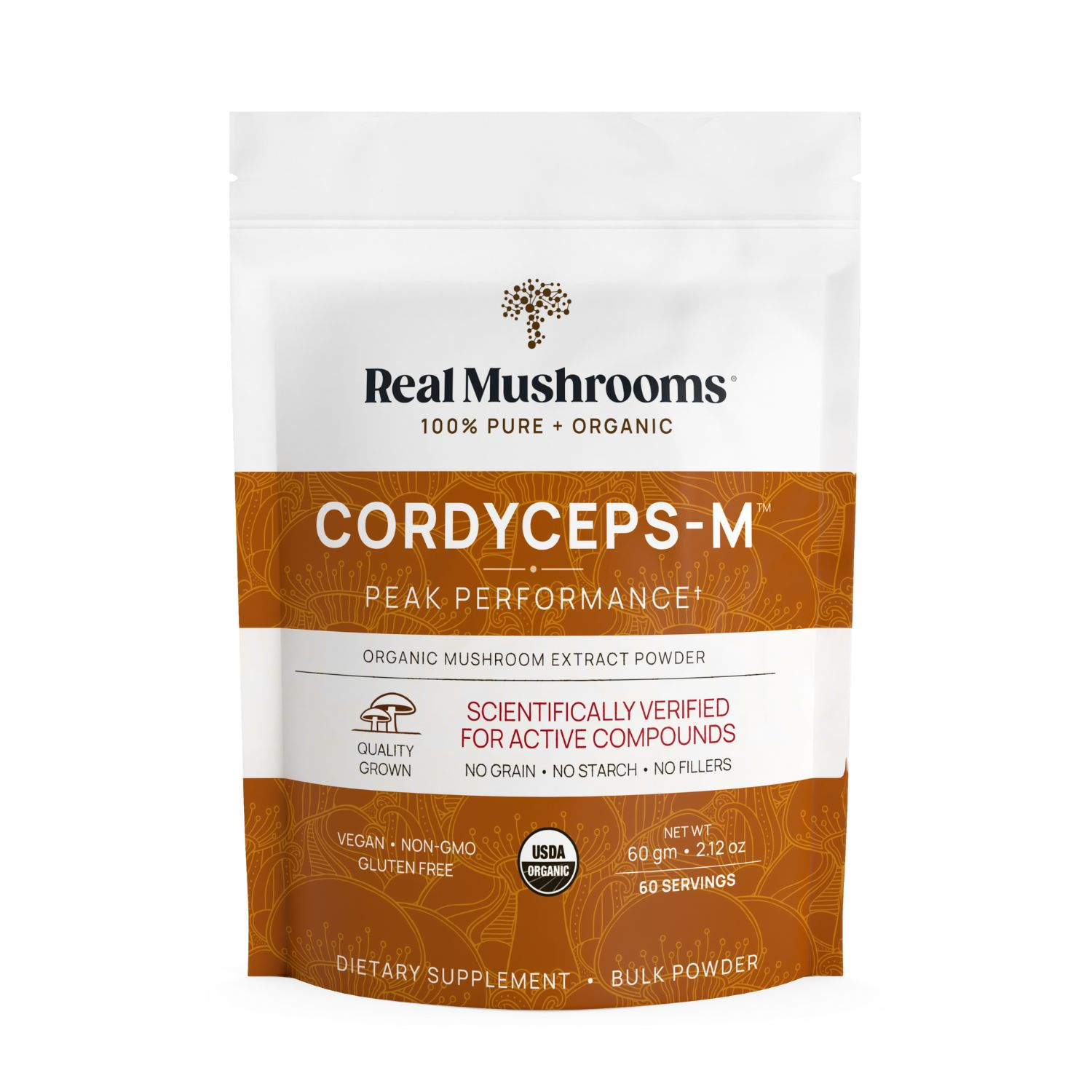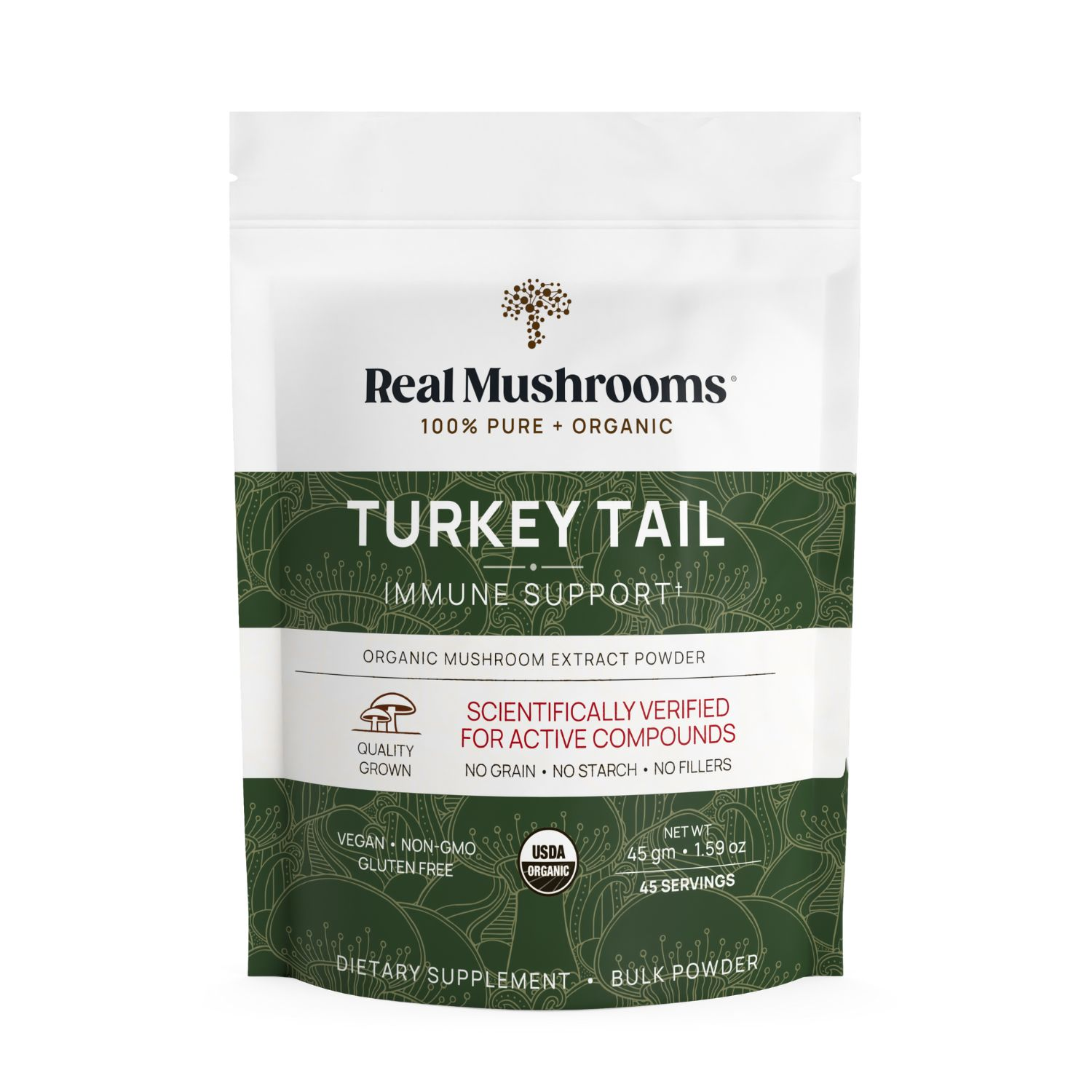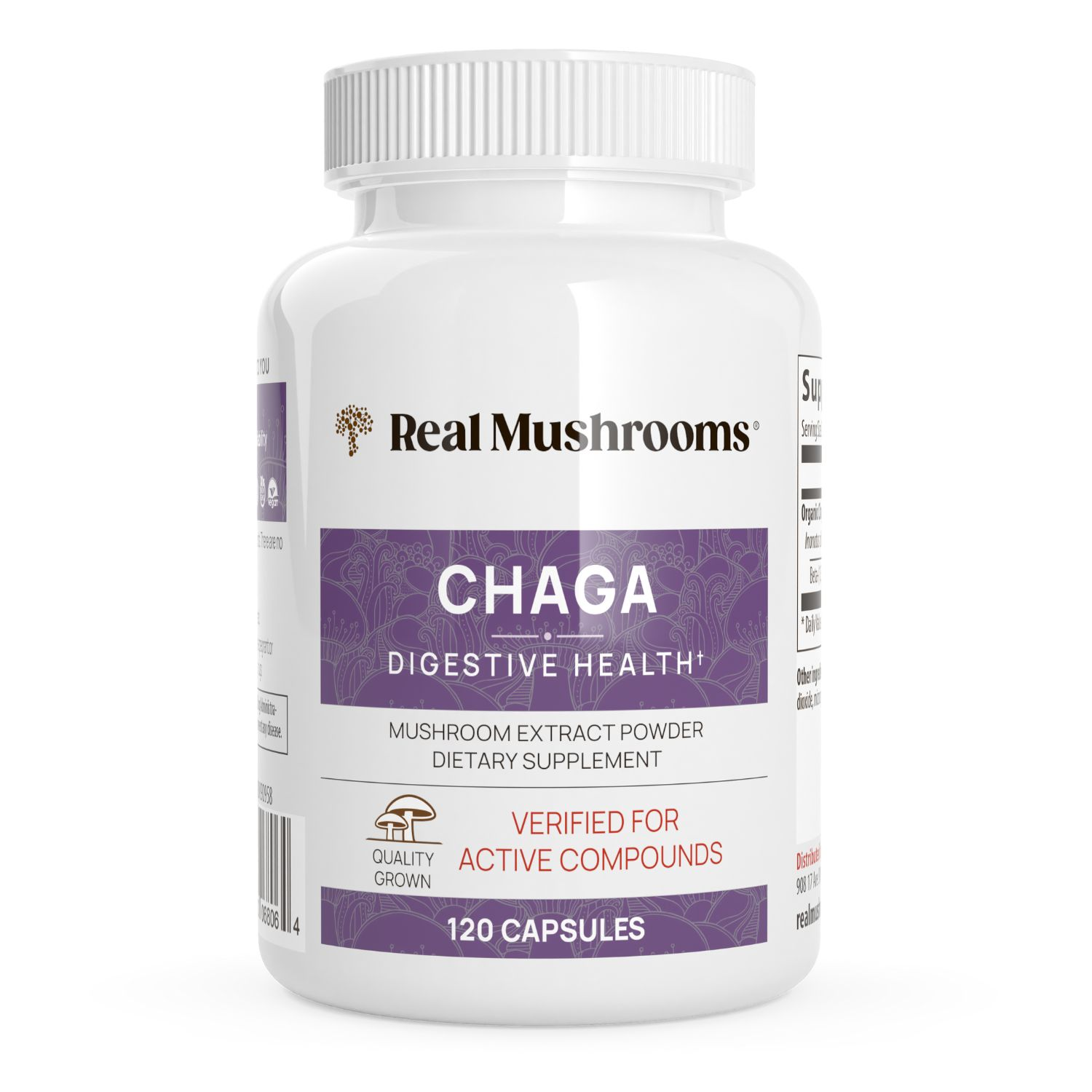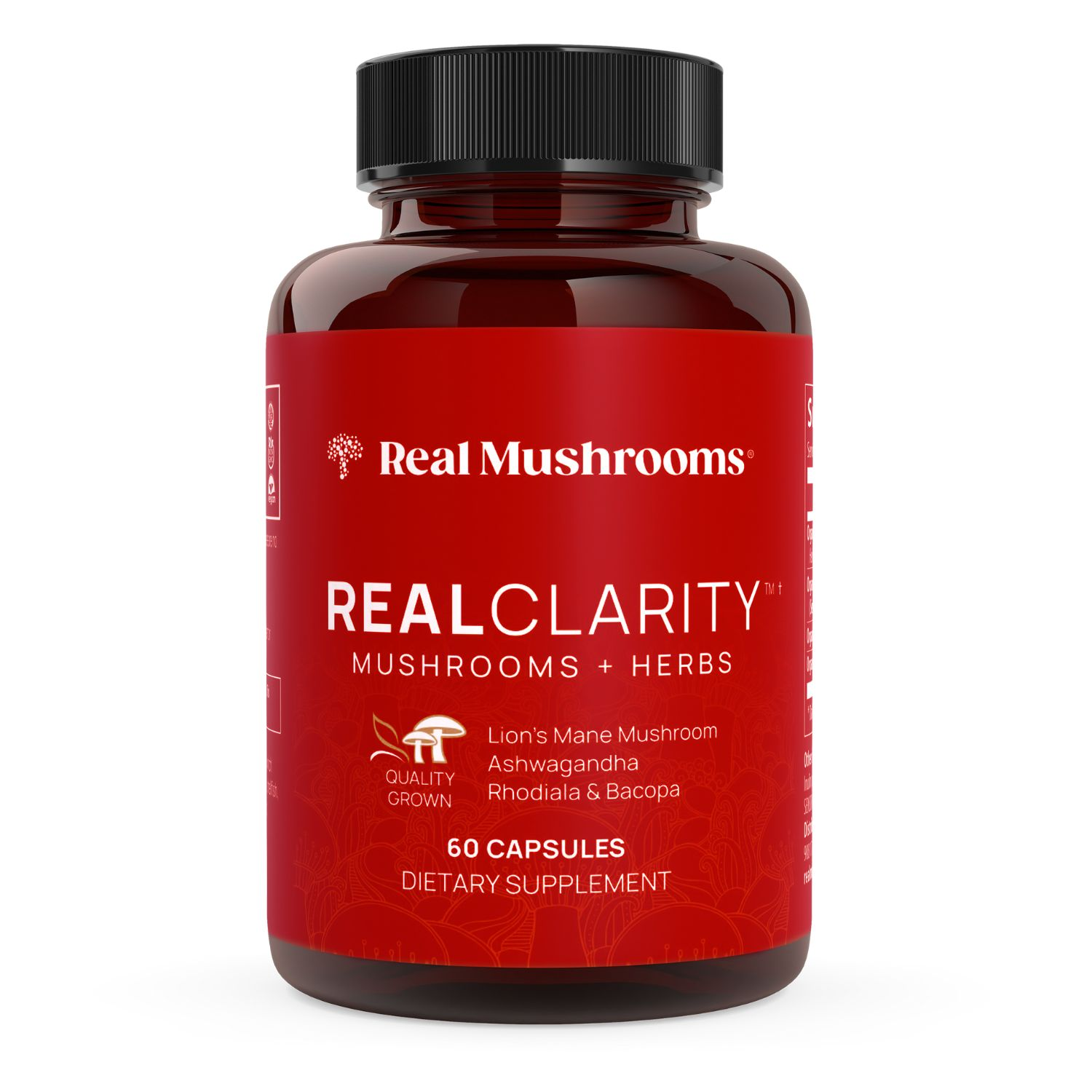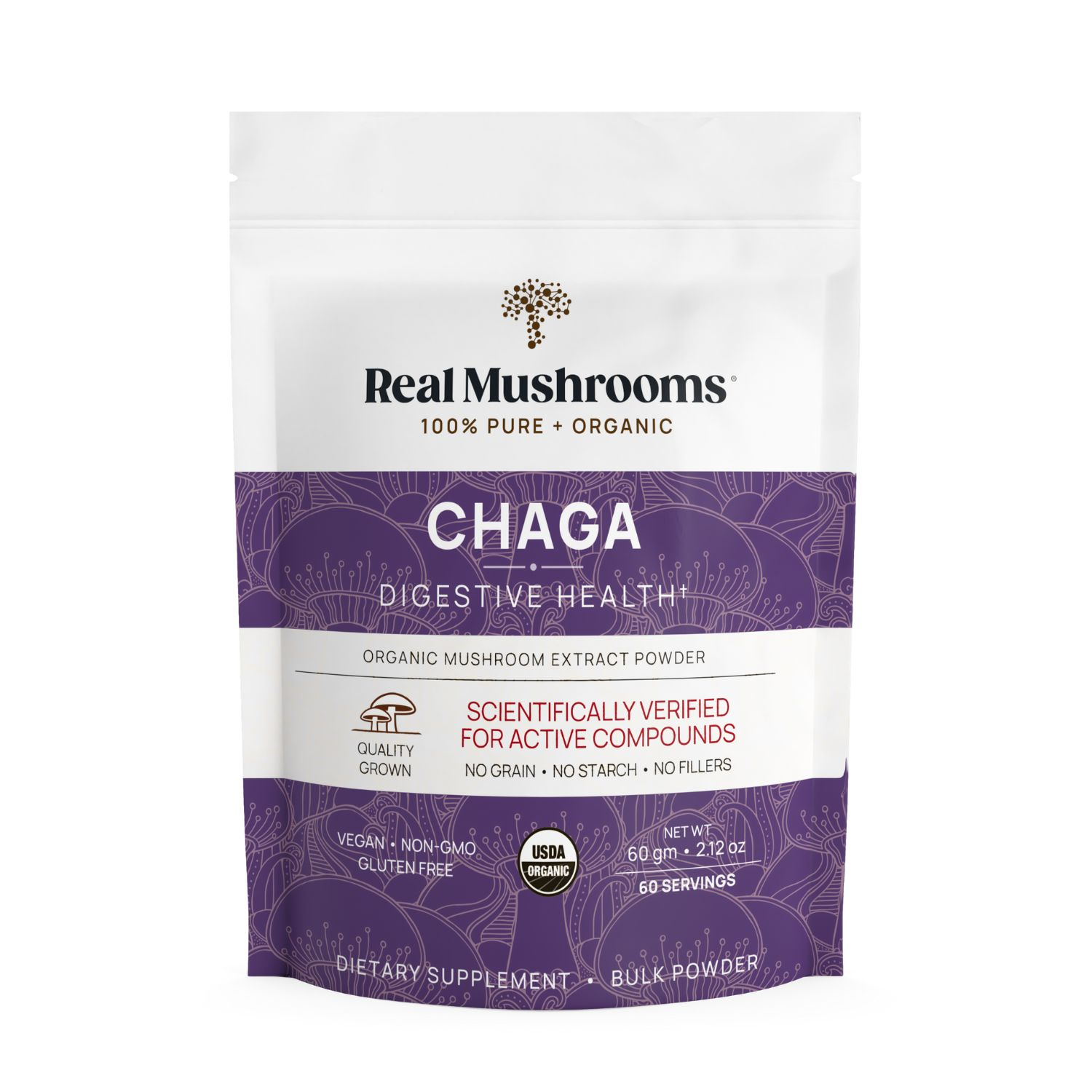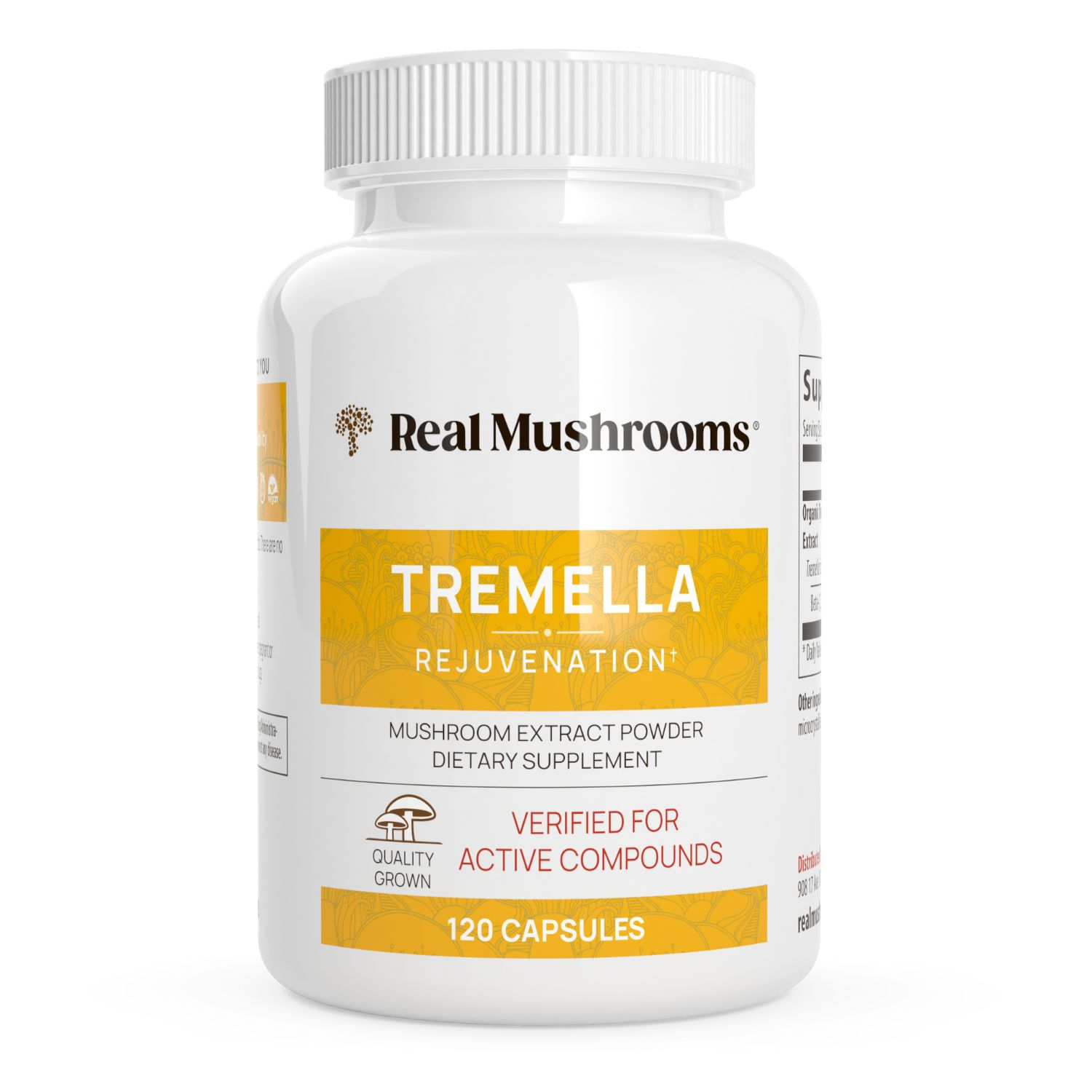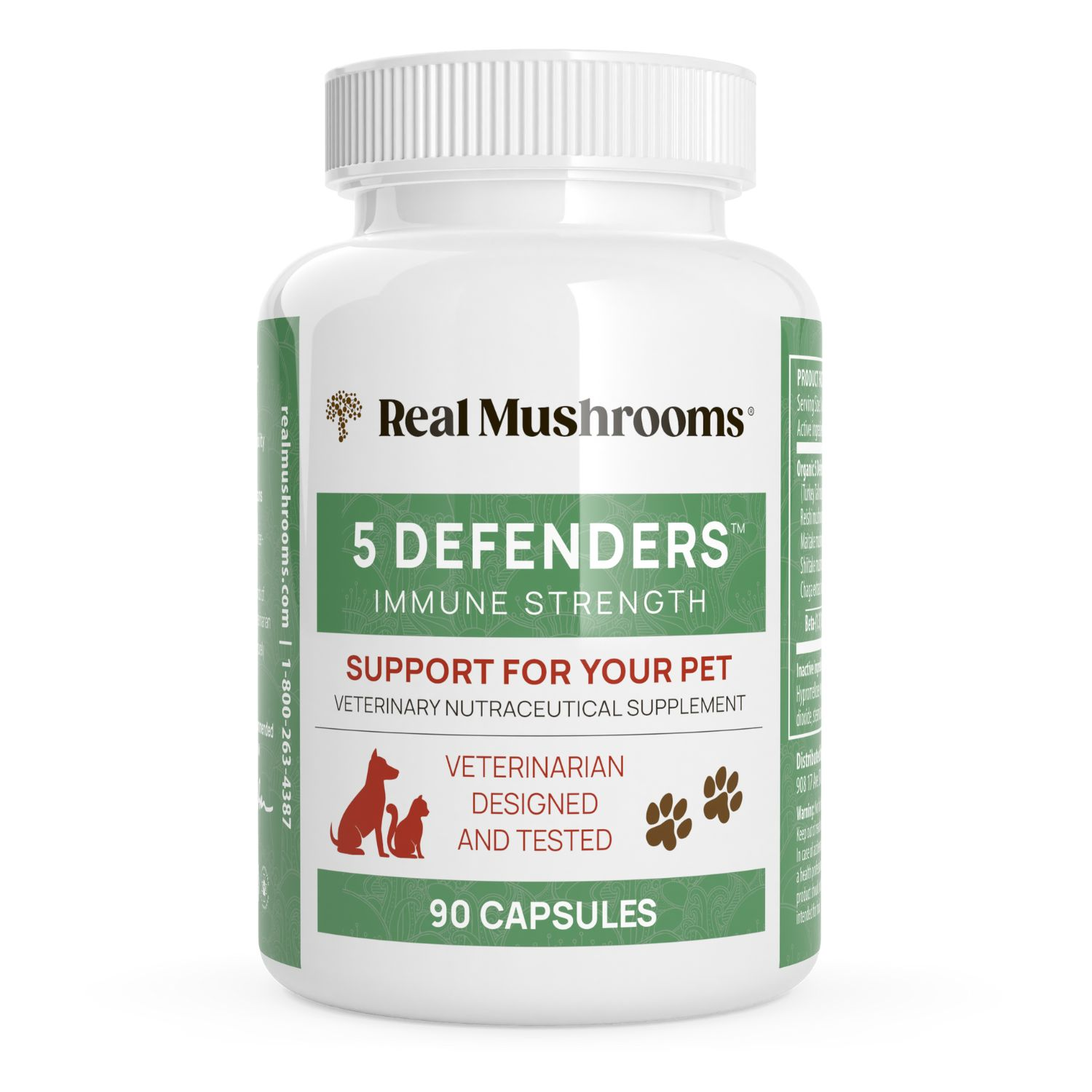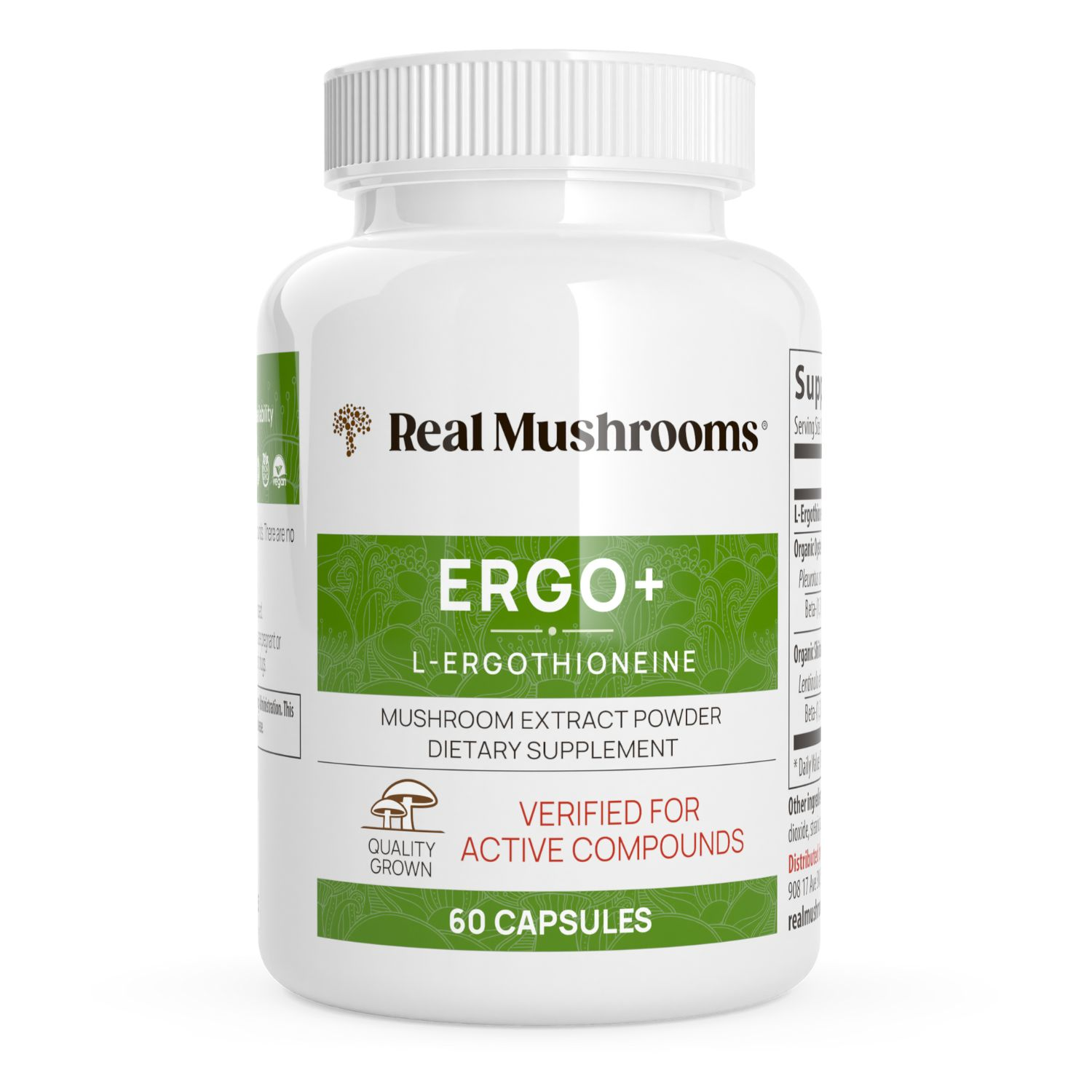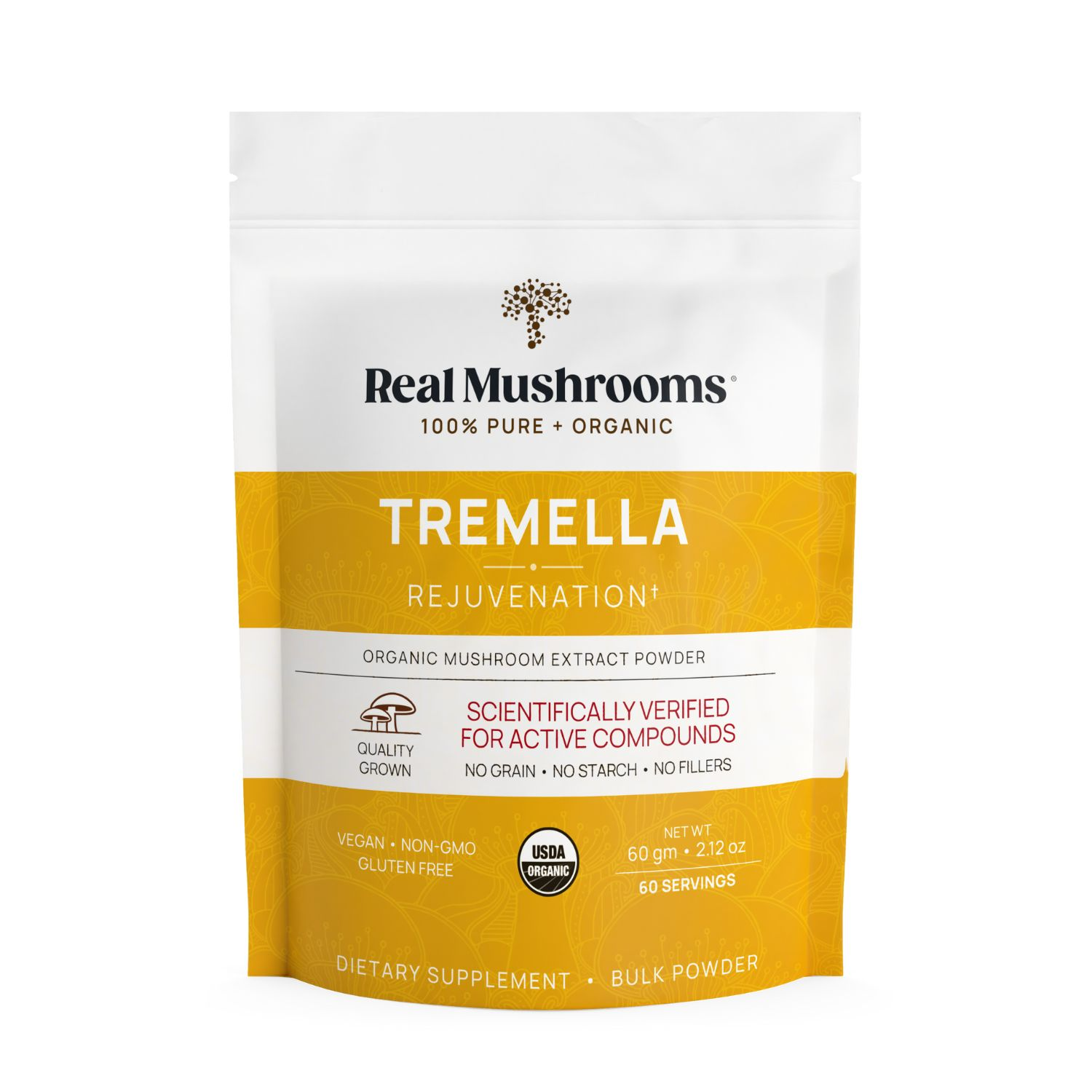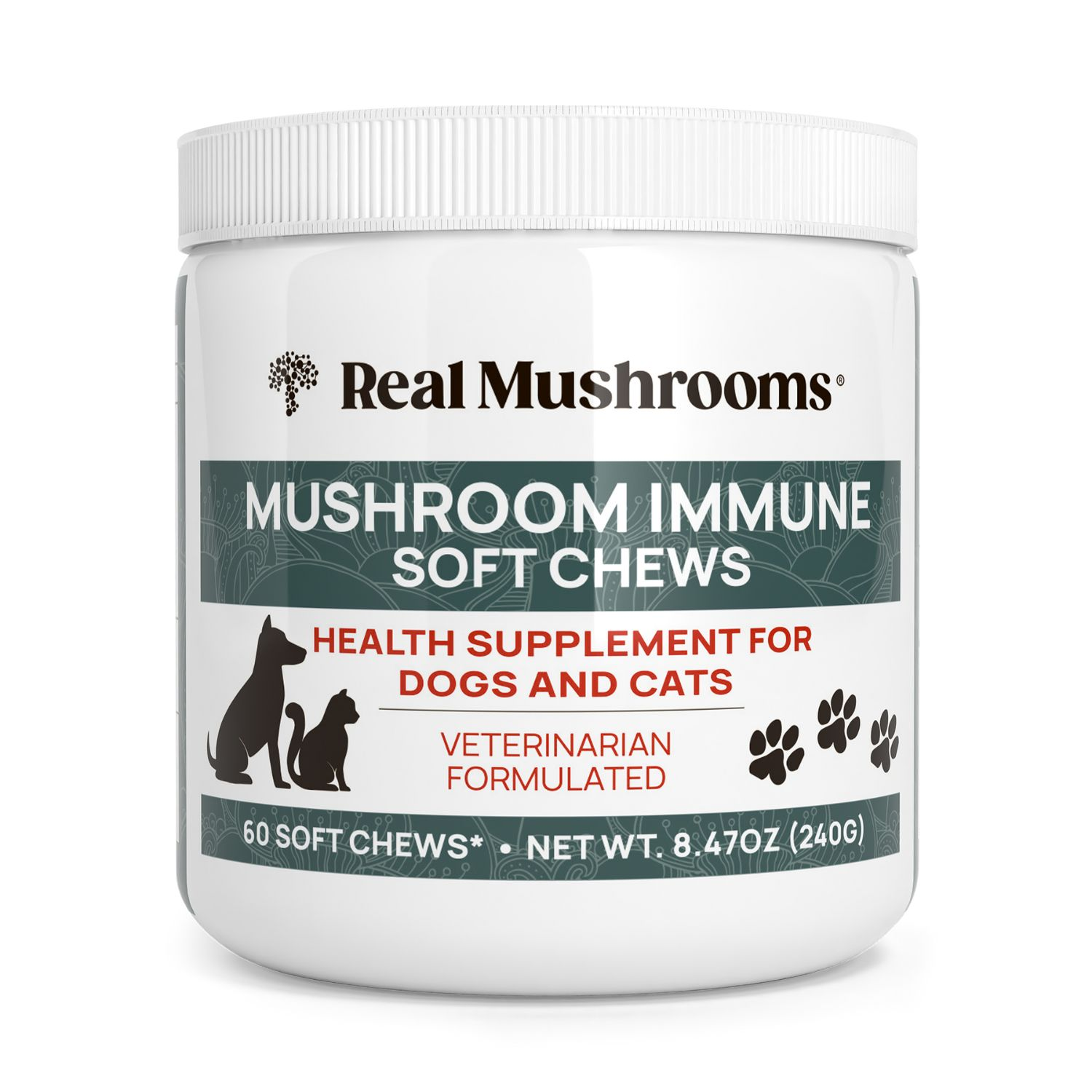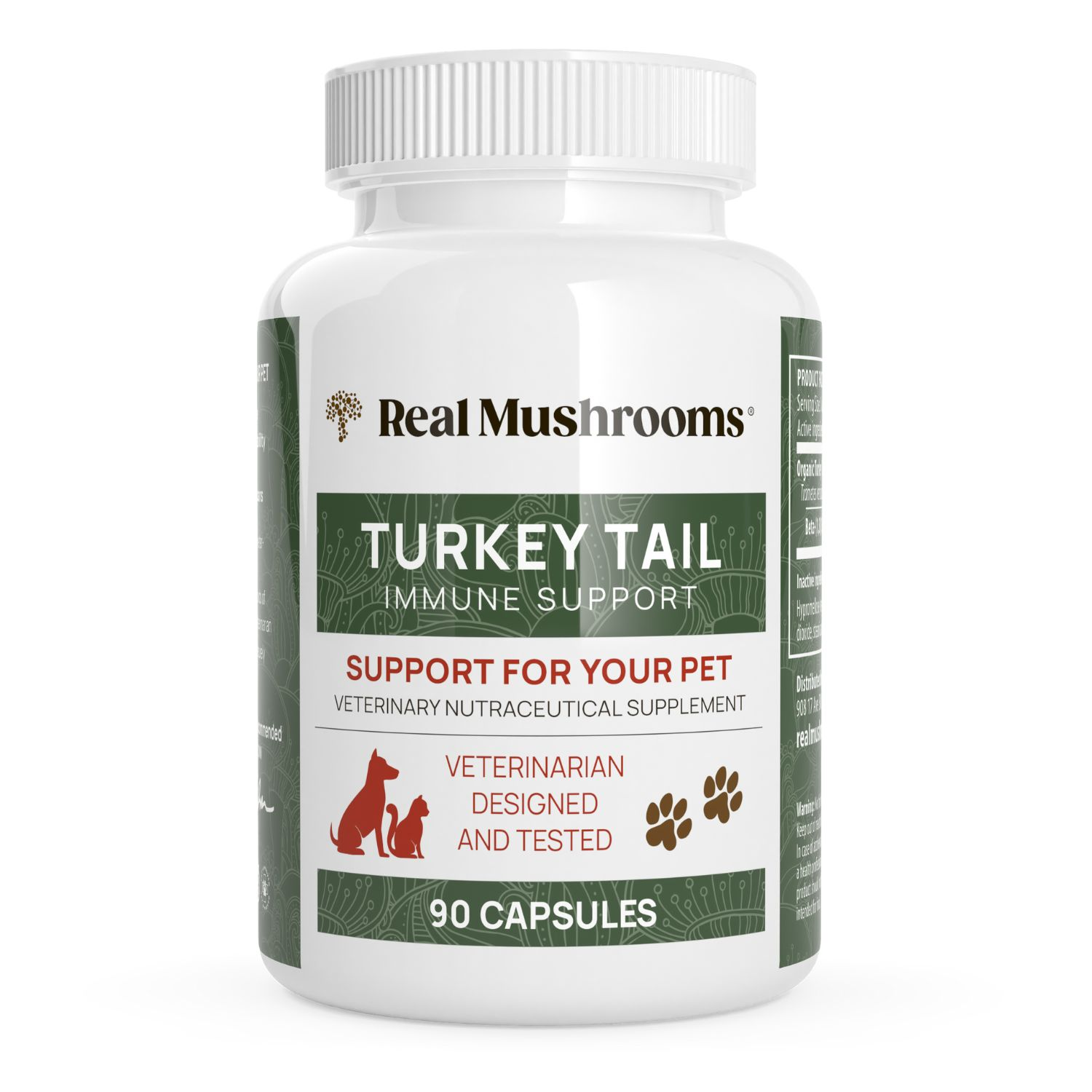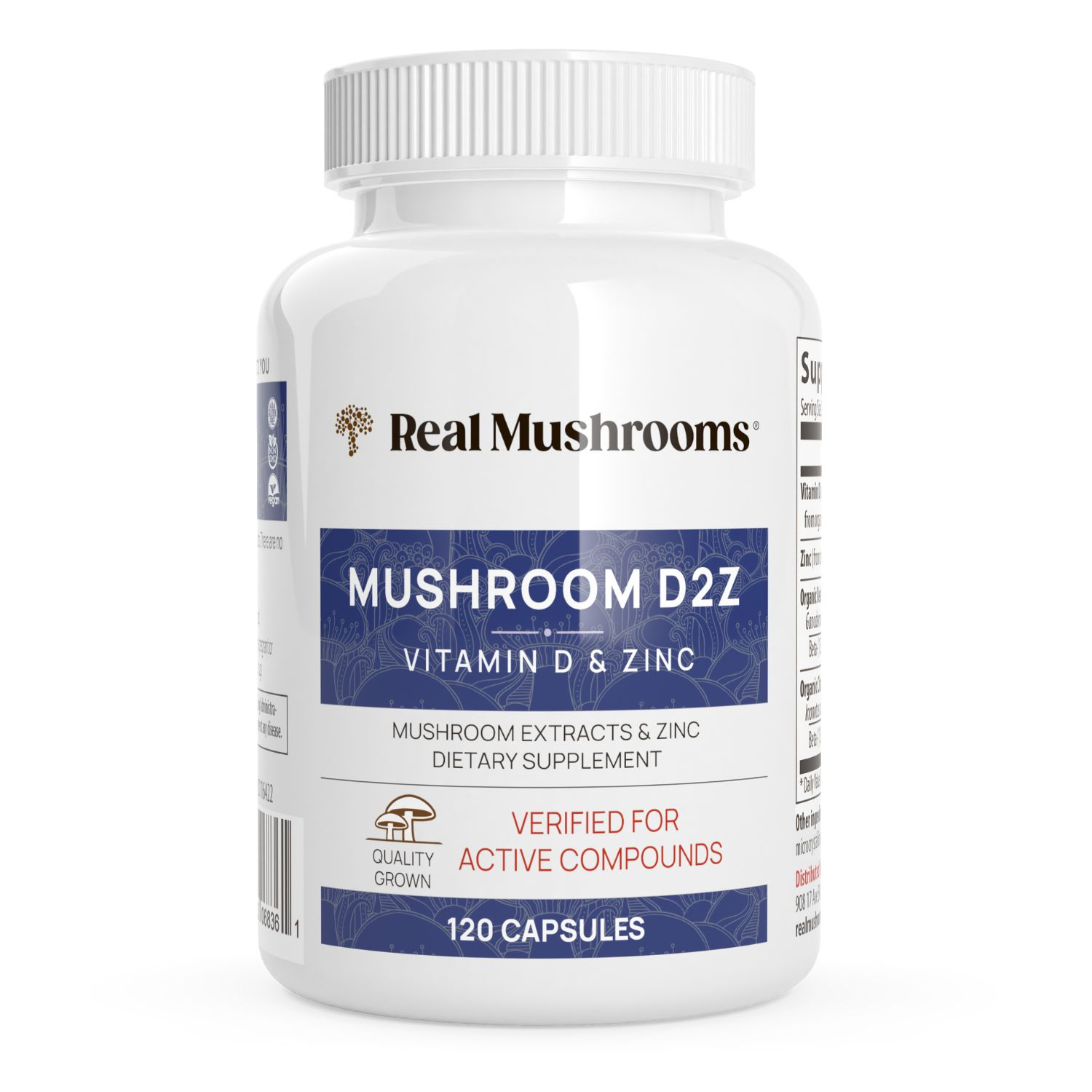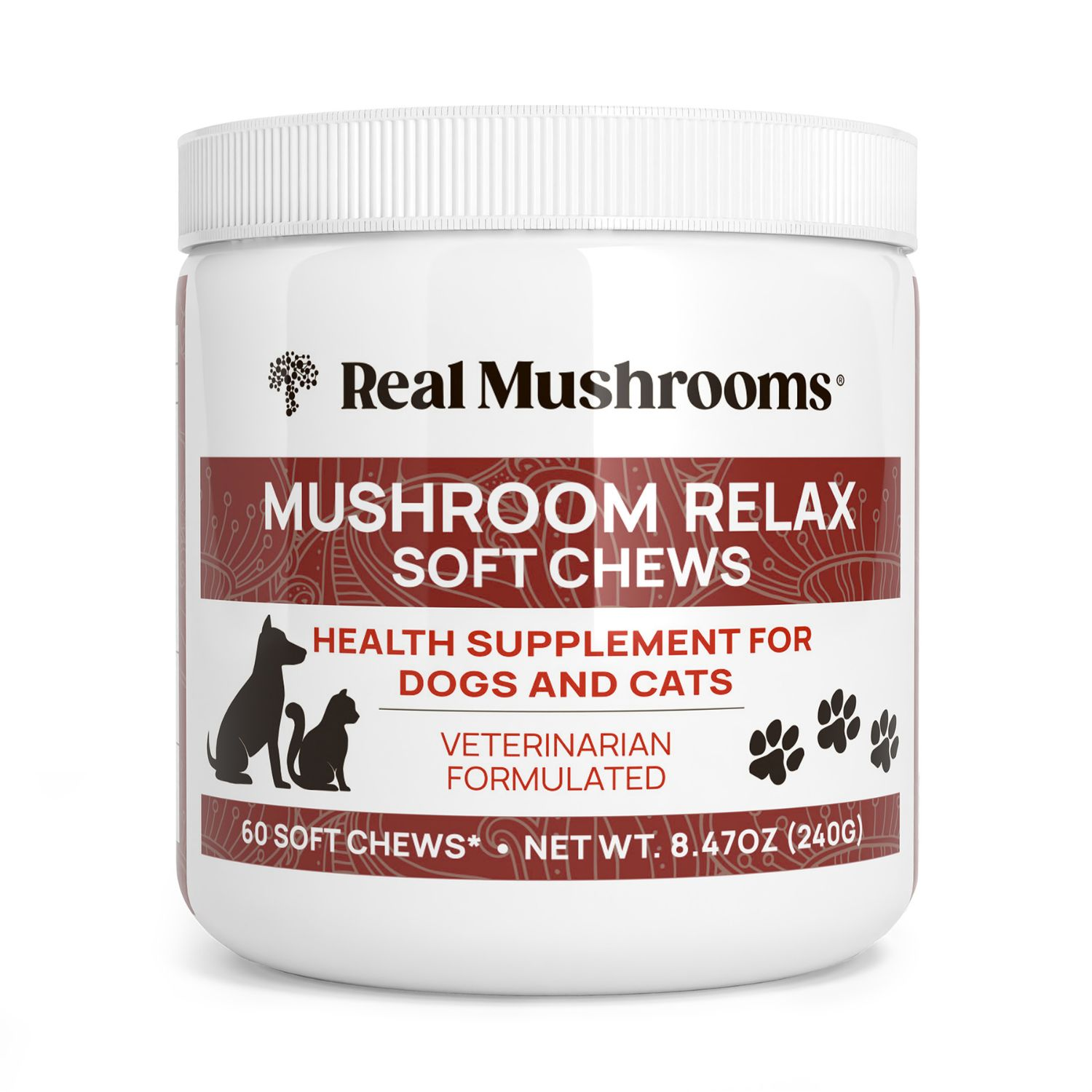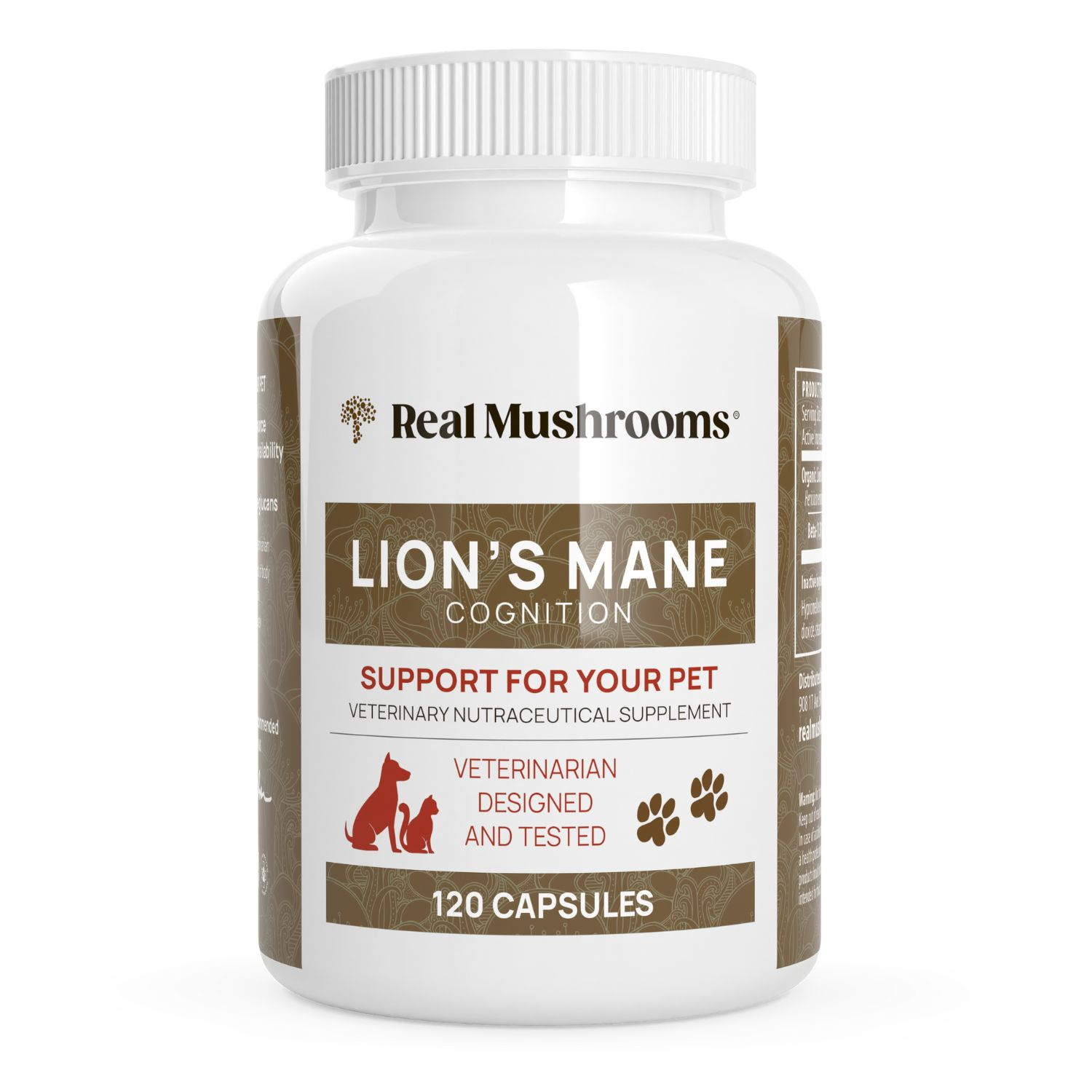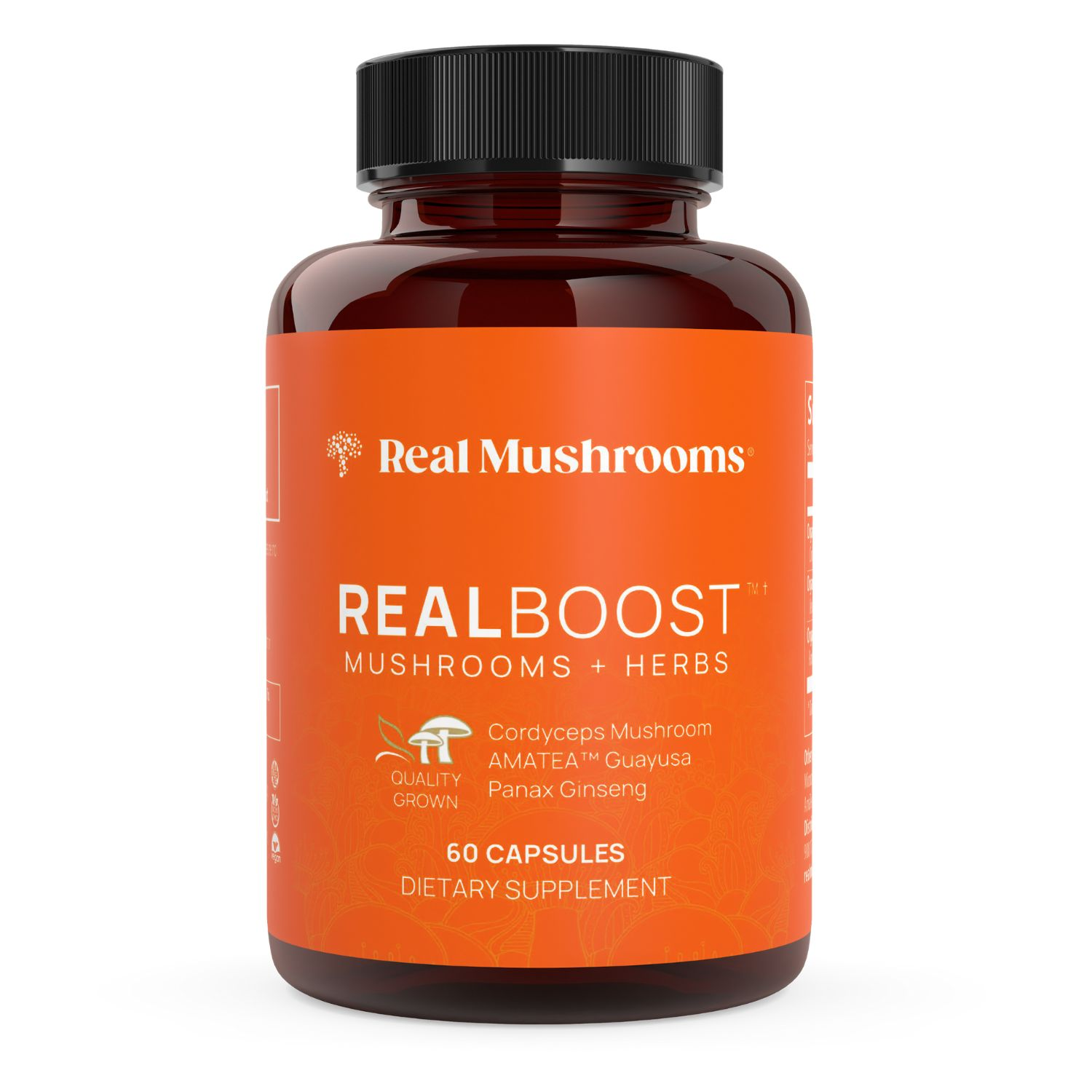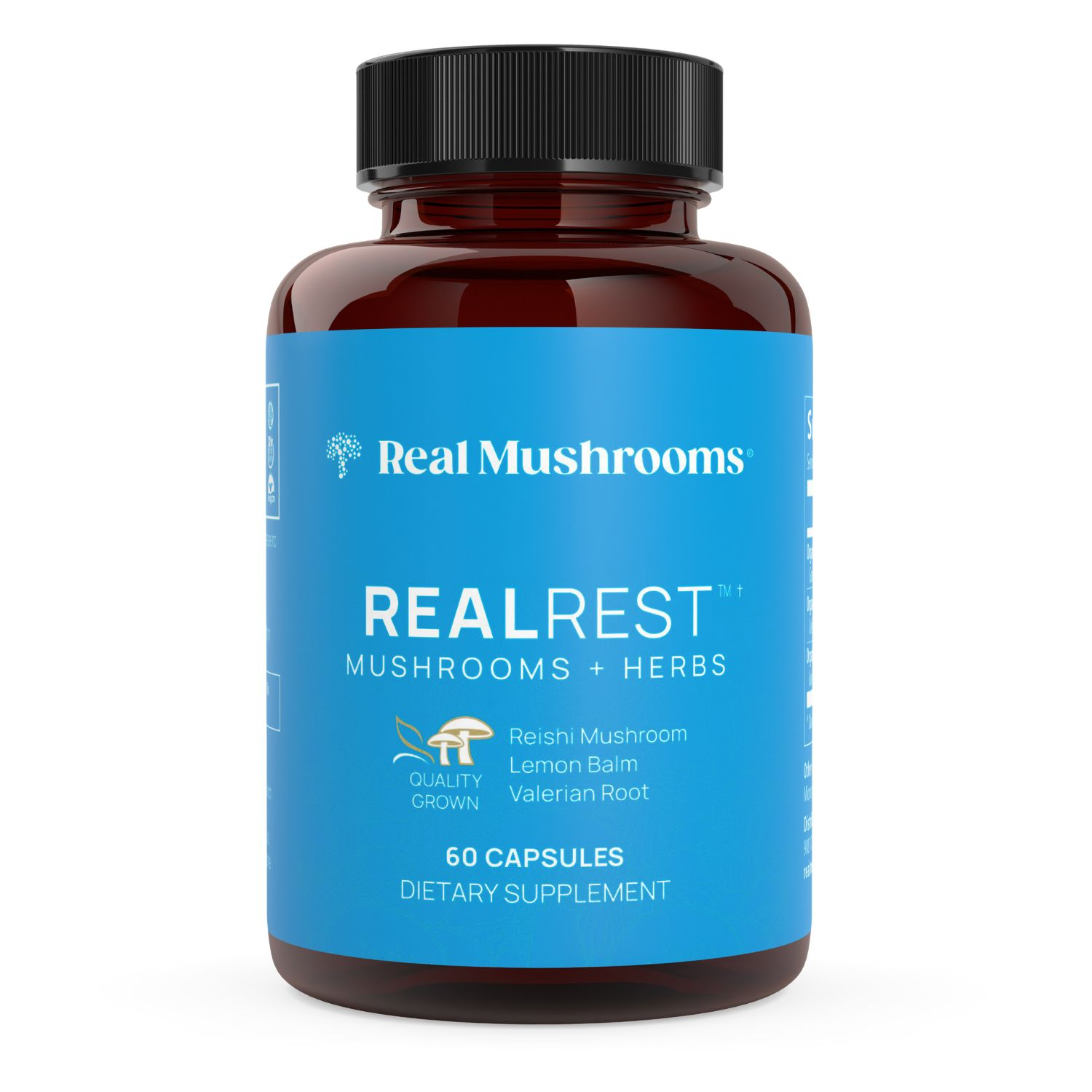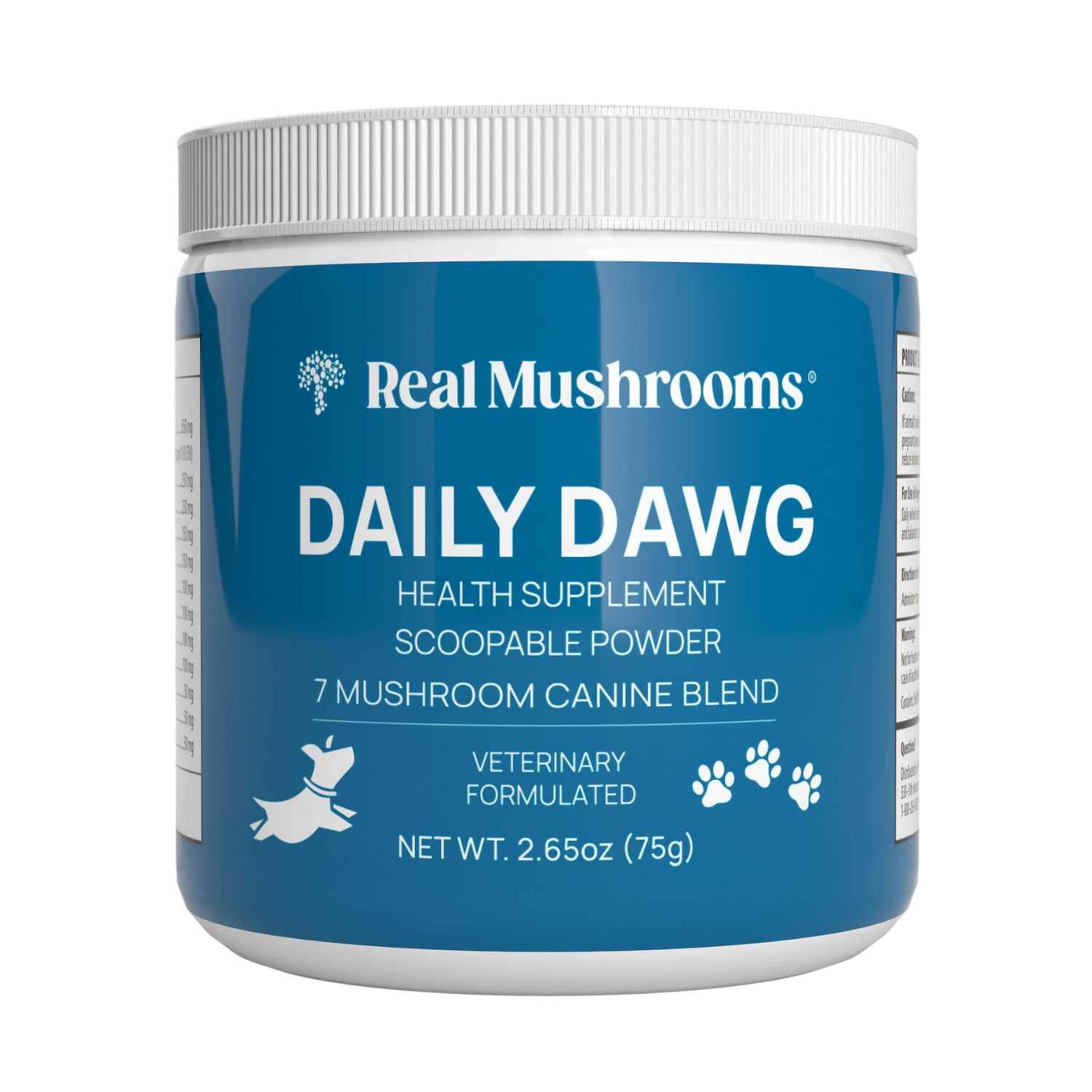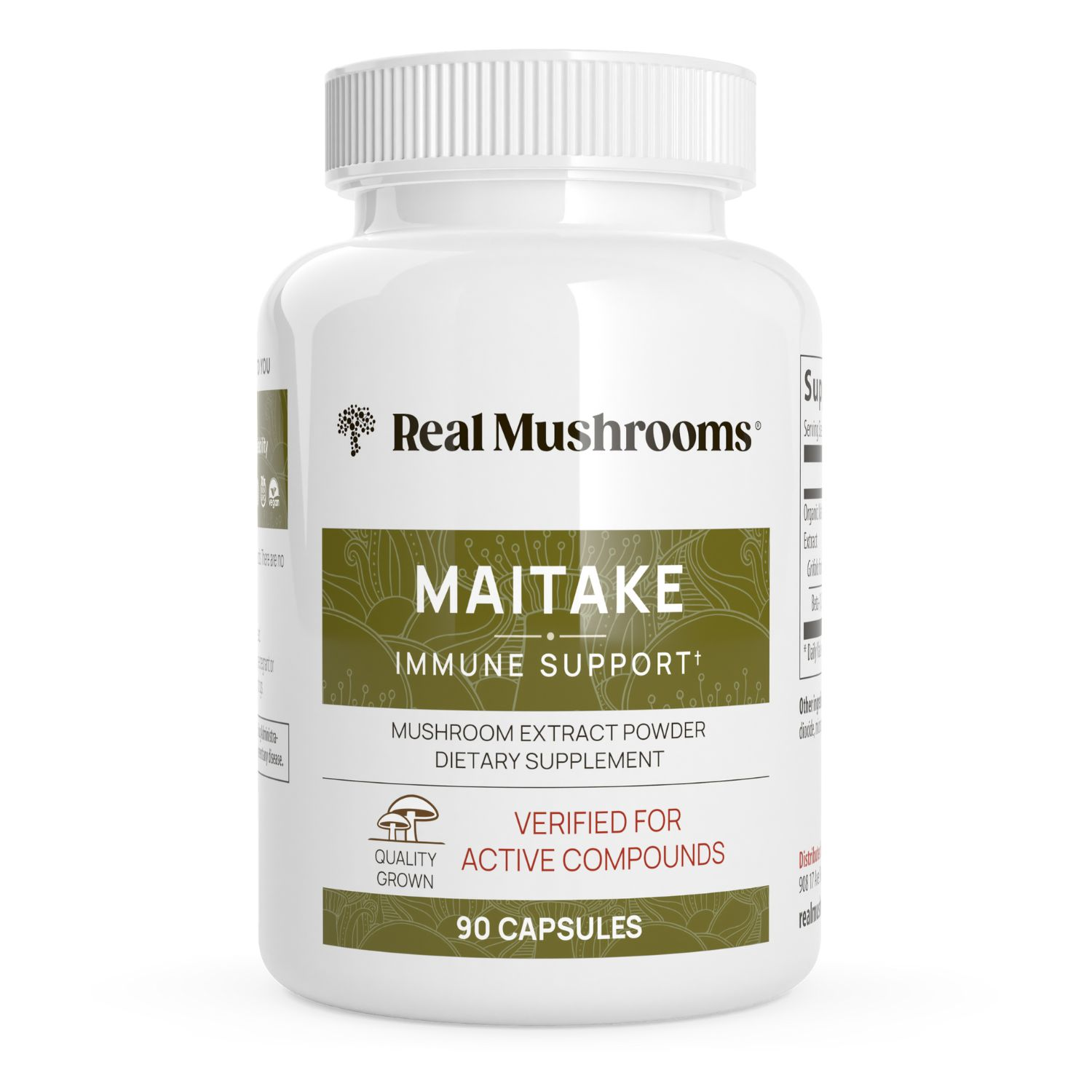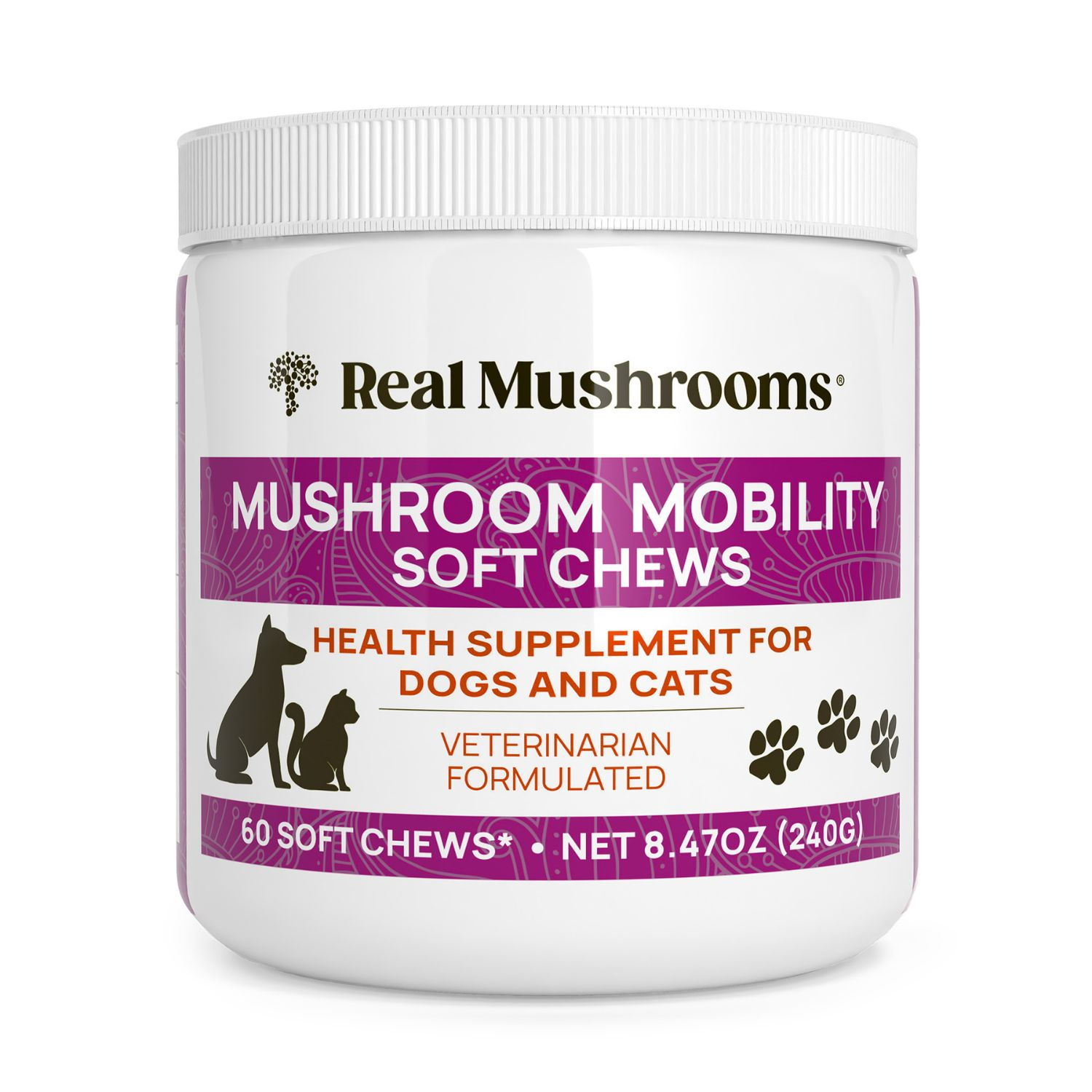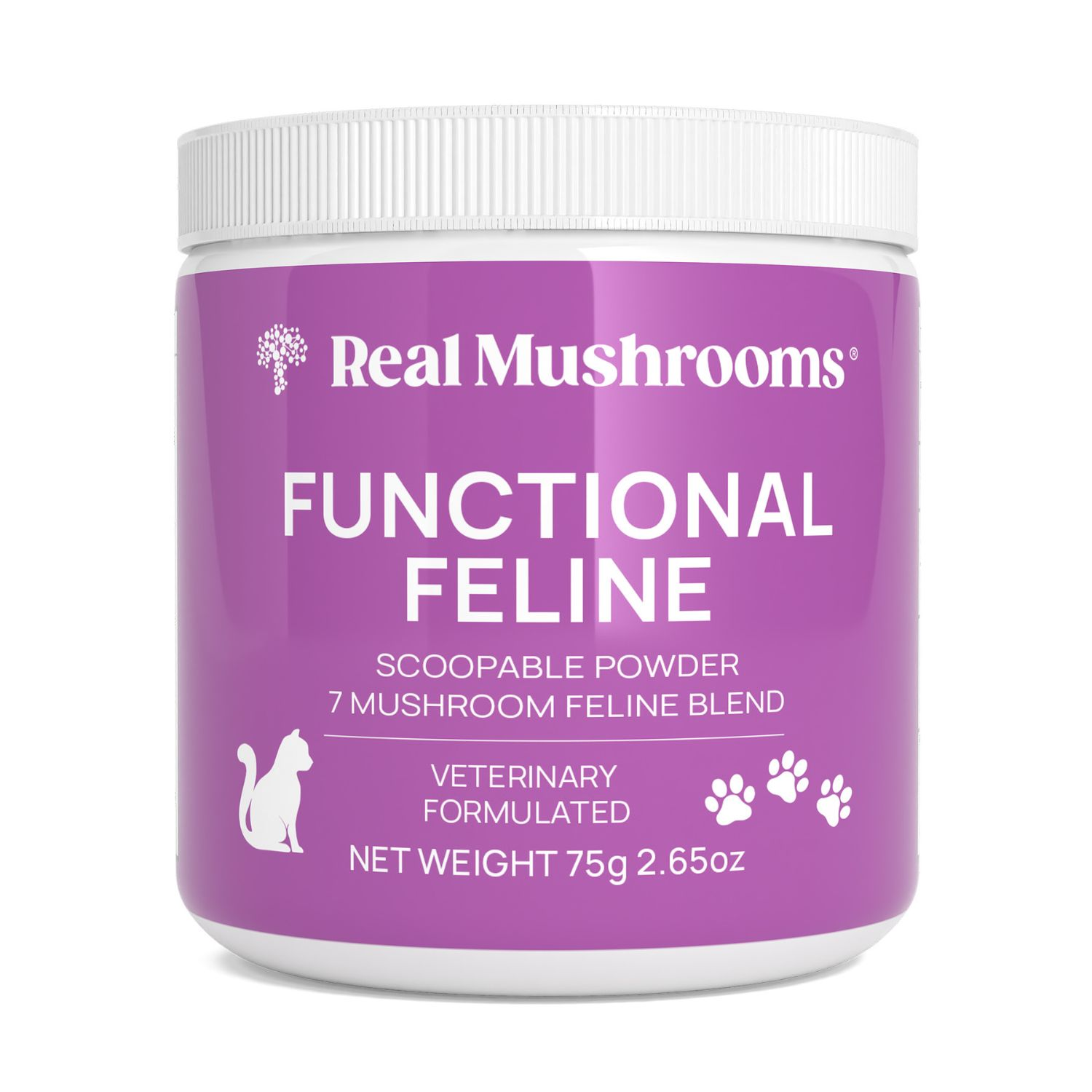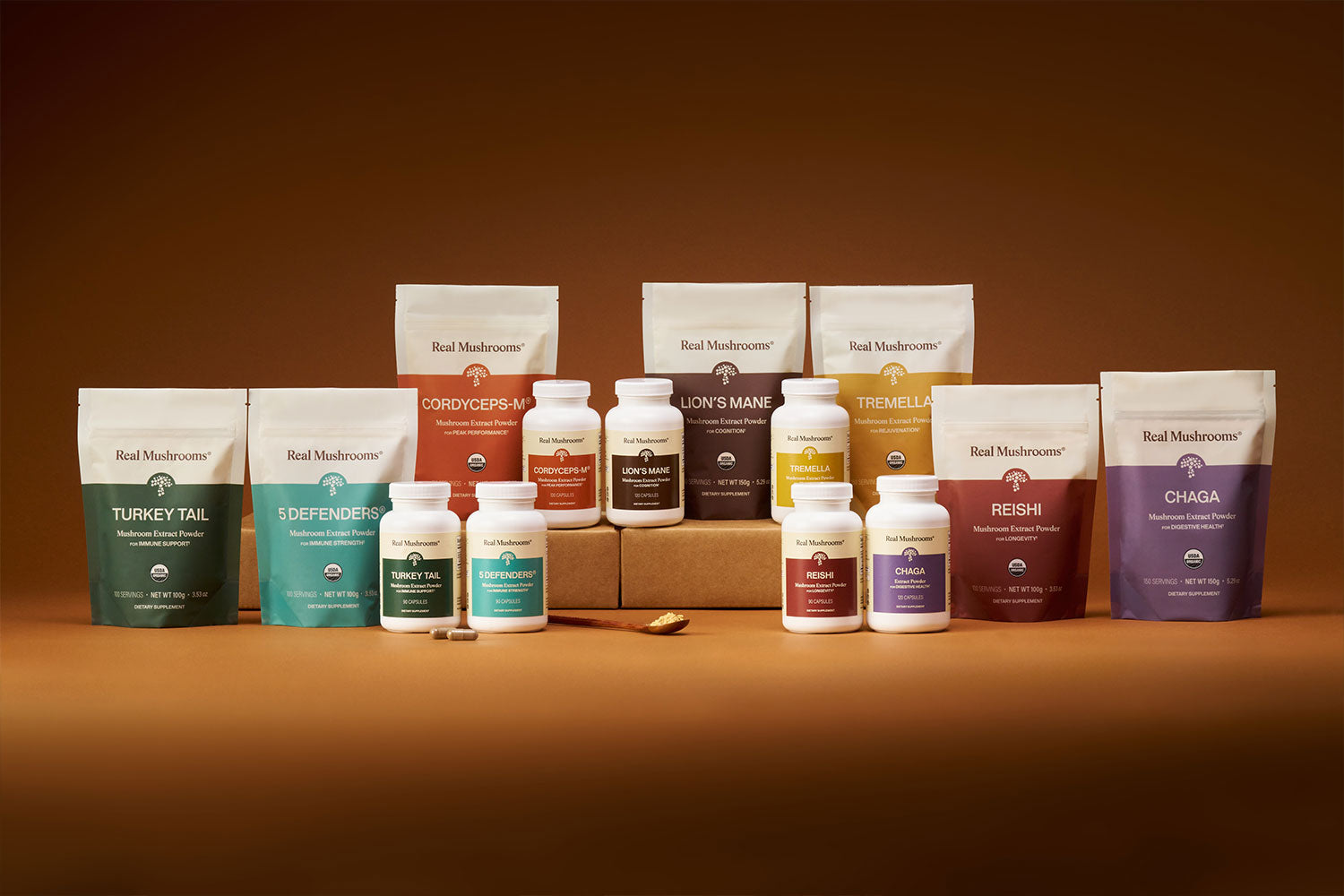Cordyceps Sinensis vs Militaris: What’s the Best Cordyceps Supplement?
10 minute read

There’s a fascinating mushroom that grows from insect bodies after it consumes them from the inside out. This parasitic fungus is called Cordyceps. Ironically, what is deadly to insects becomes something that is healthy for humans to consume as a multi-benefit supplement. There are key differences between the commercially-available Cordyceps types used in supplements. So, the question is: when it comes to Cordyceps sinensis vs C. militaris, which variety gives you the most potential health benefits for your buck?
Cordyceps sinensis is a type of health-supporting, functional mushroom that has been used for centuries in Traditional Chinese medicine. In modern times, it has become so rare and highly sought after for its unique health-supporting properties that its price tag makes purchasing it out of reach for all but the ultra-rich.
However, there is an alternative to the sinensis variety of Cordyceps that can be cultivated commercially. This alternative requires no dead insects to be involved in the growing process and makes the resulting supplement affordable. Happily, this cultivated version, called Cordyceps militaris, provides the same kind of healthy compounds that makes the natural Cordyceps sinensis variety effective as a supplement.
Read on to learn more about the difference between Cordyceps sinensis vs. C. militaris and which of these two mushrooms (fruiting bodies) makes for the best natural Cordyceps supplement. This unique mushroom is worthy of exploring for the number of potential health benefits it can provide. However, the supplement industry can be misleading about what you’re getting, so this guide will help inform you about what to look for.
In This Article:
- What Are Cordyceps Mushrooms?
- Wild Cordyceps Sinensis – The Caterpillar Fungus
- Cordyceps Militaris - The Cultivated Alternative
- Cordyceps Sinensis VS Militaris: A Supplement Shopping Guide
- Learn More About Cordyceps Benefits & Uses
What Are Cordyceps Mushrooms?
Each of the 400+ species of Cordyceps is fundamentally a parasite that will grow on a very specific insect unique to it. We will be examining just two of these species: Cordyceps sinensis (now known as Ophiocordyceps sinensis), and Cordyceps militaris.
After Cordyceps spores enter an insect’s body, the fungus begins to grow inside the insect and turn it into mycelium (the “root-like” filament structures that will sprout mushrooms).
The mycelium continues to spread inside the insect until it fully consumes it and completely turns it into mycelium. The mushroom, or fruiting body, of the fungi, then grows out from the head of the insect.
Wild Cordyceps Sinensis – The Caterpillar Fungus
The most well-known and common species of Cordyceps mushrooms is Ophiocordyceps sinensis. Previously known as Cordyceps sinensis, it enters and grows from the caterpillar of the Hepialus moth. When found in the wild, the mushroom will be above the ground’s surface with the body of the insect below.
The Cordyceps sinensis species of Cordyceps is very rare in the wild because of the lifecycle of the fungus and specific environmental growing conditions necessary for it to thrive.
It mainly grows at high elevations in Tibet and the Chinese provinces of Sichuan, Yunnan, Qinghai and Gansu. It can also be found in India, Nepal, and Bhutan, but is less abundant there.
In Tibet, the mushroom is known as Yarsagumba or yartsa gunbu and in China it is known as Dōnɡ Chónɡ Xià Cǎo (冬虫夏草), which translate to summer grass, winter worm.

The Price of Cordyceps Sinensis, A.K.A Himalayan Gold
Cordyceps sinensis is relatively rare to find naturally and grows only in these limited regions. This scarcity of the wild variety of Cordyceps sinensis and its desirable health-promoting traits results in a high price tag (around $20,000 per kilogram). Therefore, these fungi are not typically in any supplement you can readily purchase.
Due to the rapid rise in the price of this precious resource, it has been dubbed “Himalayan gold.” It has become a significant contributor to household income in the harvesting regions, so much so that there have been disputes over-harvesting territory, and outsiders have tried to push their way in.
There are now harvesting permits being issued by the Chinese government and local land holders for access to the growing regions. For more on Cordyceps sinensis harvesting and the lifestyle in Tibet, see Daniel Winkler’s article in Fungi Magazine.
More recently, concerns over the sustainability of Cordyceps sinensis have been raised around overharvesting, ecosystem degradation and climate change <1>.
Cordyceps Sinensis and the Chinese Runners
This is an entire article in itself, but it needs a brief mention.
Cordyceps sinensis made international headlines in 1993 at the Chinese national games in Beijing, when multiple Chinese runners shattered track and field records.
Most notable was Wang Jungxia, who beat the 10,000m world record by 42 seconds. This record lasted for 23 years.
Three days later, she came second to teammate Yunxia Qu in the 1500m. They both beat the previous world record, and Yunxia’s record stood for 22 years.
Two days after that, Wang posted a world record in the 3000m. This record still stands today, and four of the five best times in the 3000m come from Chinese athletes in these 1993 games.
Their coach, Ma Junren, claimed their success was due to a tonic of Cordyceps sinensis and turtle blood.
This Olympic runner's story is touted all around the internet to promote Cordyceps products, but what is typically left out is that many of Ma’s athletes later failed drug tests. Because of this, Ma Junren was eventually dropped as part of the Chinese Olympic team.
This era of sports in the 80s to mid-90s was rife with doping scandals, and it begs the question: was their success really due to Cordyceps?
It’s important to note that this mushroom was believed to strengthen the lungs and improve kidney function in Traditional Chinese Medicine. It’s thought to improve stamina during exercise performance, giving individuals who use it a competitive edge.
Why Cordyceps Sinensis Is NOT in Your Cordyceps Supplement
It’s true, wild Cordyceps sinensis (shown below) is not in 99.9% of Cordyceps herbal supplements because of its exceptionally high price tag. In fact, wild Cordyceps sinensis costs over $20,000 per kilogram, making it the most expensive mushroom in the world. It is almost exclusively sold in Asia and rarely makes it into the North American market.
The high price tag of Cordyceps sinensis mushrooms (including the caterpillar) is in part due to the fact that for many years, Chinese scientists have been unable to cultivate this mushroom. This has fueled increased demand on a set supply of wild Cordyceps sinensis. Recently, Chinese scientists figured out how to cultivate this mushroom, but it is not at a production scale yet to make an impact on wild Cordyceps sinensis prices and cultivators want to cash in on the high price tag of the wild version.

Even though the majority of Cordyceps herbal supplements do not contain the caterpillar fungus, this has not stopped many companies from using photos of Cordyceps sinensis in their marketing materials and label information. This has caused customers to believe they are consuming this mushroom. Sadly, they are not.
But if the caterpillar fungus (Cordyceps sinensis) isn’t in your dietary supplements, then WHAT is?
Cordyceps Militaris - The Cultivated Alternative
There is currently one type of Cordyceps species that can be commercially cultivated at scale to produce a mushroom (fruiting body), and it is becoming quite popular for use in supplements. This is Cordyceps militaris.
Cordyceps militaris is known as Scarlet Club Fungus, or Caterpillar Killer in the U.S. It is the Cordyceps species that can grow on the largest variety of insects and can be found widely in North America and Asia <3>. They are commonly found in the mountains, in bogs.
This Cordyceps variety can be commercially cultivated at scale rather easily and does not require any insects. By using Cordyceps militaris, for the first time, true Cordyceps mushroom extracts can be made.

Advantage of Cordyceps Militaris vs Cordyceps Sinensis
There are two distinct advantages to the Cordyceps Militaris vs Cordyceps Sinensis:
- No insects are harmed in the making of this mushroom - Cordyceps militaris is grown in a sterile medium, NOT in an arthropod.
- It’s a super-charged version of Cordyceps - Both cordyceps militaris and sinensis produce the health-supporting compound cordycepin (3′-deoxyadenosine). However, cordyceps militaris produces it in much higher amounts when compared to Cordyceps sinensis <2>.
A study published in the Journal of Agricultural and Food Chemistry in 2008, confirmed that not only does Cordyceps militaris contain more cordycepin when compared with the wild Cordyceps sinensis, it has up to 90 times more <2>!
That data is very revealing, as products touting the health benefits of cordycepin and labeled as Cordyceps sinensis would likely have undetectable amounts of this phyto-nutrient. This information makes the shopping decision much easier when it comes to deciding whether to buy a supplement made from Cordyceps sinensis vs C.militaris: Cordyceps militaris is the clear winner.
Extract of Cordyceps Militaris Mushrooms
More and more research is coming out showing that Cordyceps militaris has similar health benefits to wild Cordyceps sinensis. It has traditionally been used as an alternative to Cordyceps sinensis in Traditional Chinese Medicine.
Given the exorbitant cost of Cordyceps sinensis, the majority of the supplements sold in North America will be extracts made from cultivated the Cordyceps militaris fungus.
Note that Cordyceps militaris products grown in North America are still myceliated grain and not a true mushroom extract. Pure mushroom extract powders almost solely come from Asia, with China accounting for over 90% of worldwide mushroom production.
There are important differences between Cordyceps militaris products available in North America. So, don’t go sprinting to that supplement aisle just yet to grab yourself a bottle of affordable Cordyceps! Read on below for important facts you will need to know before you go shopping for a Cordyceps extract.

Cordyceps Sinensis VS Militaris: A Supplement Shopping Guide
To get the most health benefits from your Cordyceps supplement, you will have to make sure of three things:
- The supplement is made from Cordyceps militaris. As already stated above, Cordyceps militaris produces the health-supporting compound cordycepin (3′-deoxyadenosine) in much higher amounts when compared to Cordyceps sinensis. Besides that, the price tag of Cordyceps sinensis vs C.militaris makes buying the militaris-based supplement a no-brainer.
- The Cordyceps militaris supplement label specifically says that it is made from the actual mushroom (fruiting body), not the mycelium. Mycelium-based supplements will include the grain these fungal filaments are grown on and contain a lower proportion of bioactive compounds. Cordyceps mycelium on grain would have almost no cordycepin due to the low amount of mycelium present. Learn more about the significant differences between supplements made from mycelium and those made from fruiting bodies here.
- The supplement label identifies the beta-glucan content, the key mushroom compound to getting health-supporting effects from fungi. The Real Mushrooms Cordyceps-M supplement, which is extracted exclusively from organic Cordyceps militaris mushrooms, has greater than 25% beta-glucans. Compare that to Cordyceps mycelium on grain, which typically has 1-3% beta-glucans. Since all Real Mushrooms supplements are derived from the mushroom (versus the mycelium), there are much higher levels of the important beta-glucans.

A Reliable Cordyceps Supplement Brand
You can ensure you receive ethically-produced, pure and potent Cordyceps militaris extract if you select any of Real Mushrooms’ products. We cultivate certified organic mushrooms and use ideal mushroom extraction methods to make the best Cordyceps supplement on the market. Conveniently, we offer two ways for you to take your daily dose of Cordyceps militaris supplements: capsules, or powders.


Learn More About Cordyceps Benefits & Uses
Yes, it’s important to understand the differences between Cordyceps sinensis vs. C. militaris to ensure you’re getting the best Cordyceps supplement.
However, there’s so much more to learn about this fascinating mushroom! It’s believed to boost energy and promote a healthy inflammation response because of its antioxidant abilities. Plus, it can promote balanced blood sugar levels.
Read our other articles to get to know the advantages and uses of this unique health-supporting fungus:
Related Articles
- Cordyceps Mushrooms: Supplement Types & Health Benefits
- How Traditional Chinese Medicine uses Cordyceps
- Cordyceps Supplements for Lung Health: A Unique Fungi for Respiratory Conditions
- 5 Ridiculously Delicious Cordyceps Mushroom Recipes
- Stimulant-Free Pre-Workout & Post-Workout Mushroom Supplements
- Medicinal Mushrooms: 7 Kinds and Their Unique Health Benefits
References
- Hopping, K. A., Chignell, S. M., & Lambin, E. F. (2018). The demise of caterpillar fungus in the Himalayan region due to climate change and overharvesting. Proceedings of the National Academy of Sciences, 115(45), 11489–11494. https://doi.org/10.1073/pnas.1811591115
- Yuan, J. P., Zhao, S. Y., Wang, J. H., Kuang, H. C., Liu, X., Uan, J. I. A. N. I. N. G. Y., … Iu, X. I. N. L. (2008). Distribution of nucleosides and nucleobases in edible fungi. Journal of Agricultural and Food Chemistry, 56(3), 809–815.
- Padilla-Brown, W. (2016). Cordyceps Cultivation Handbook: A guide to growing Cordyceps militaris.
